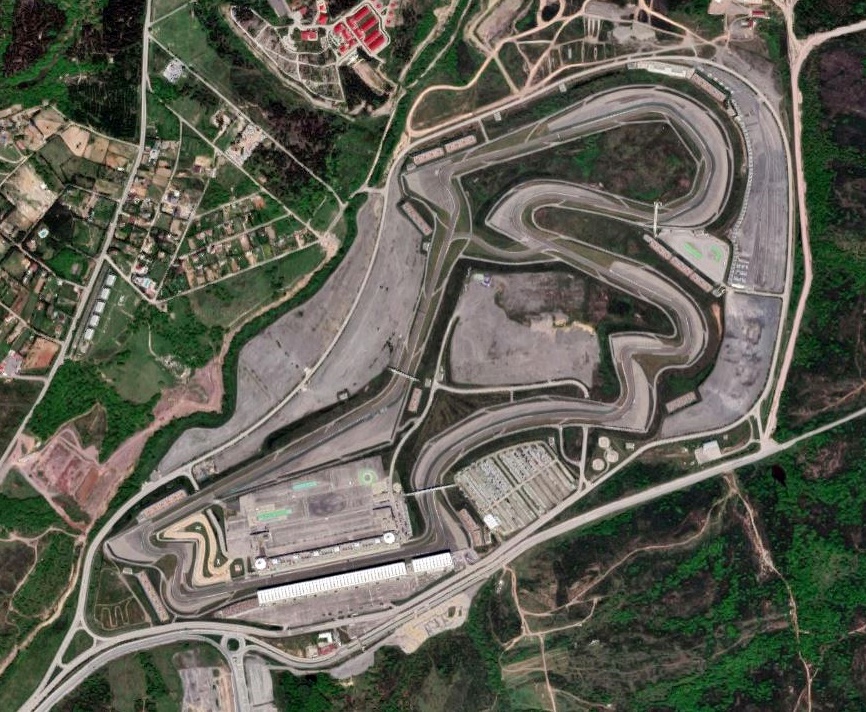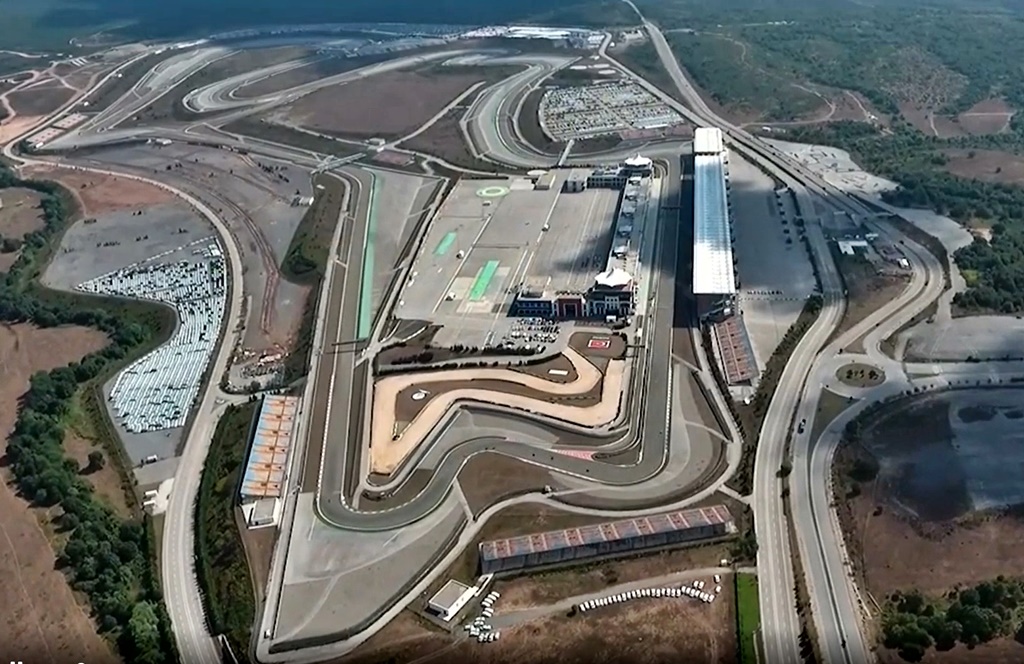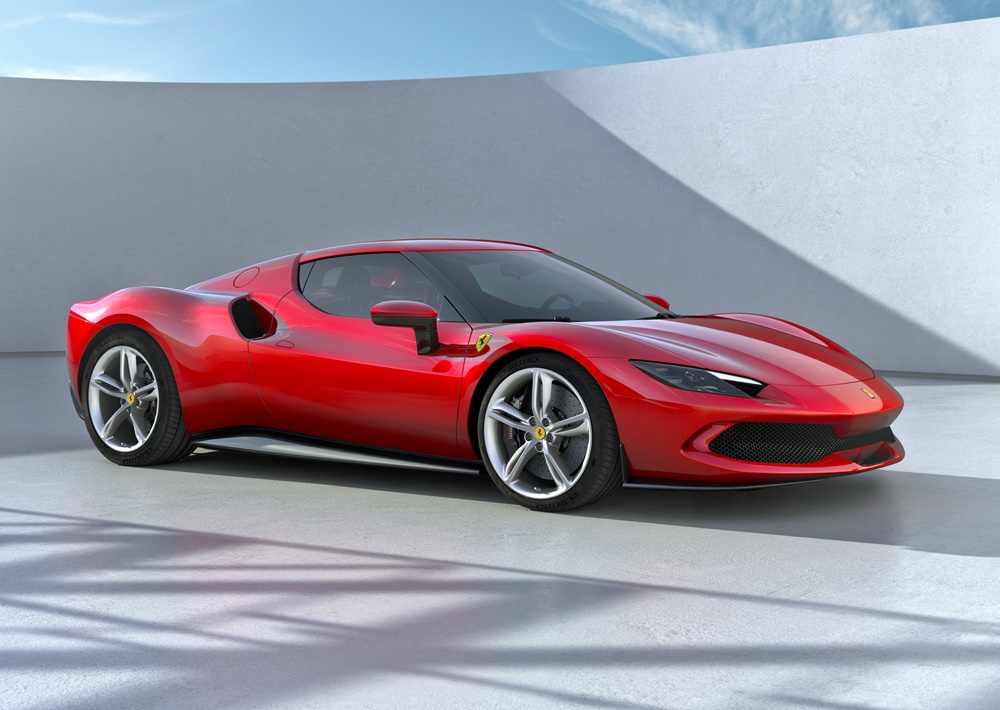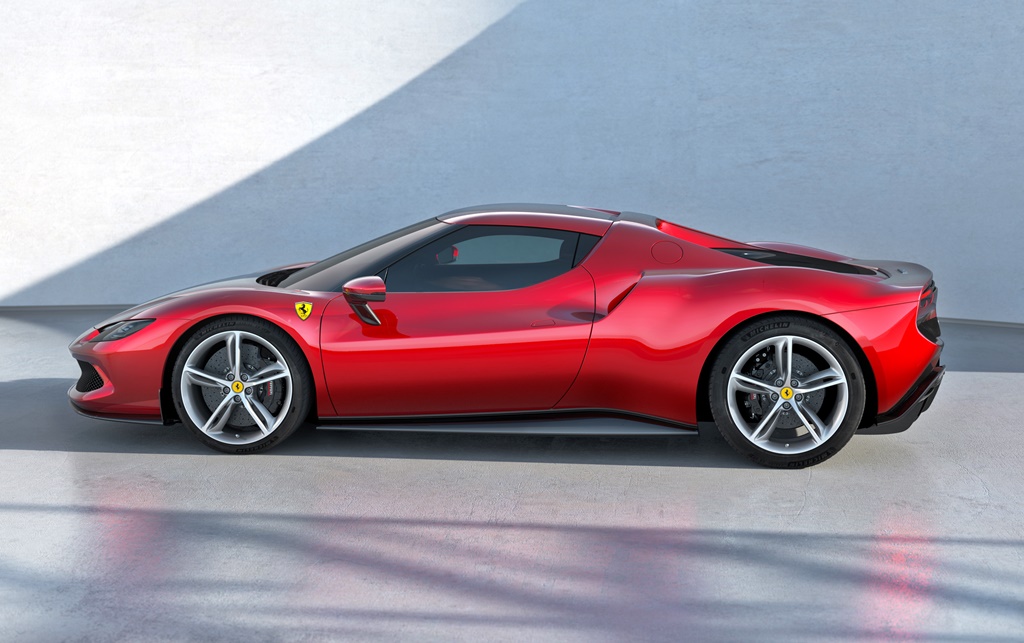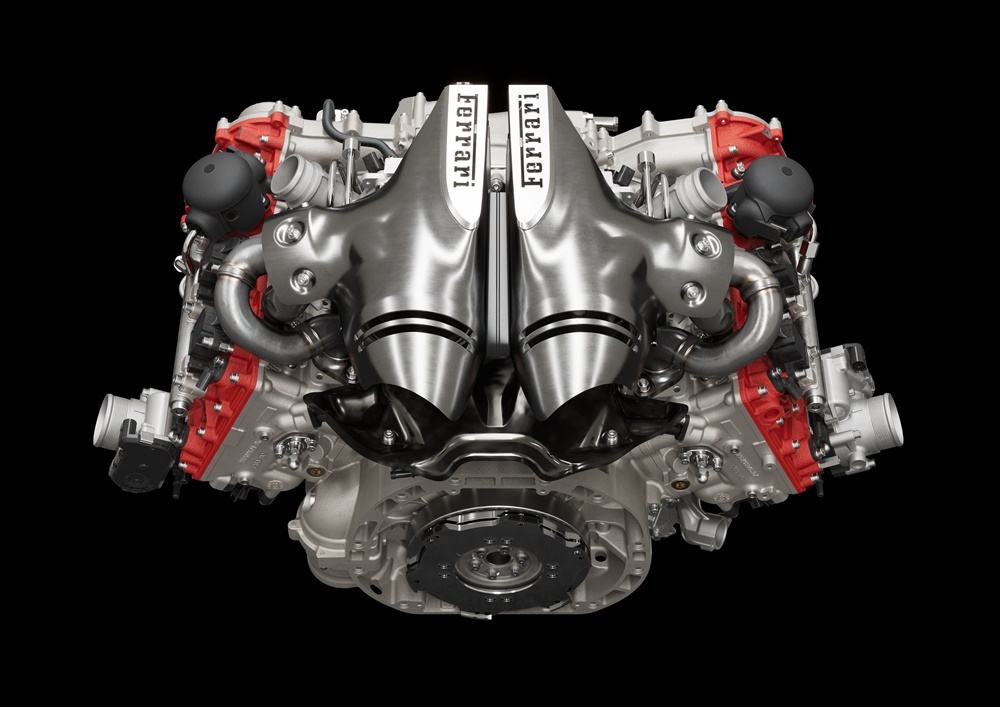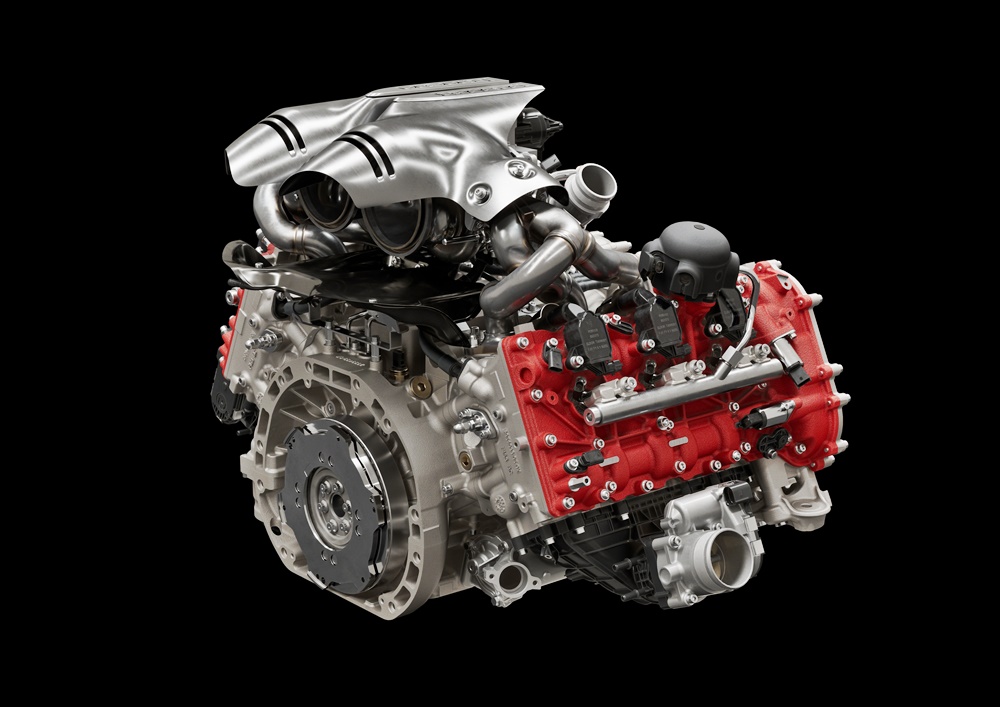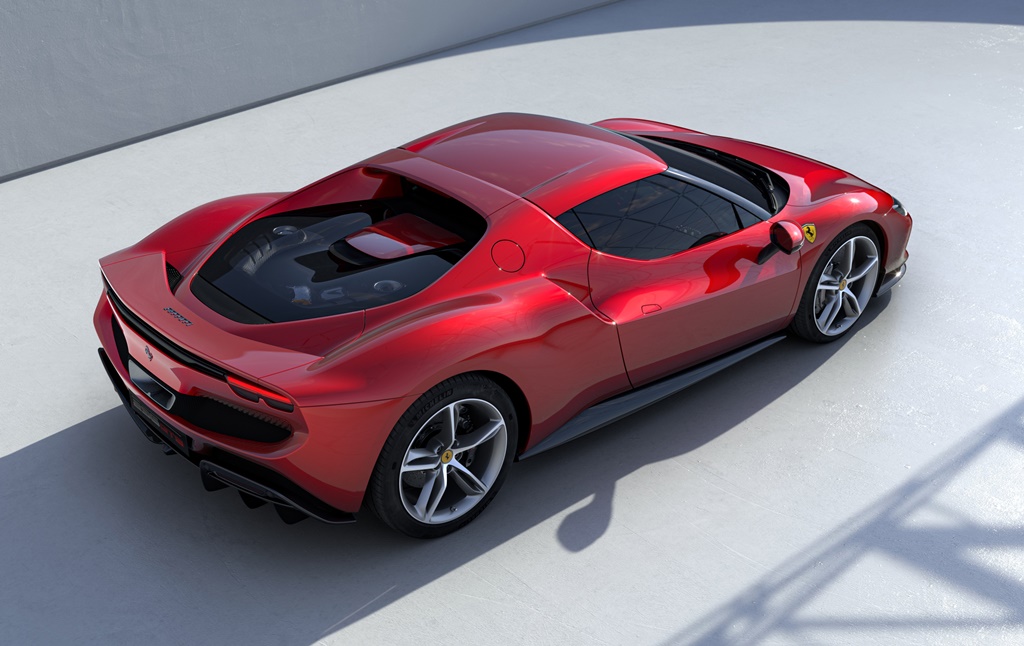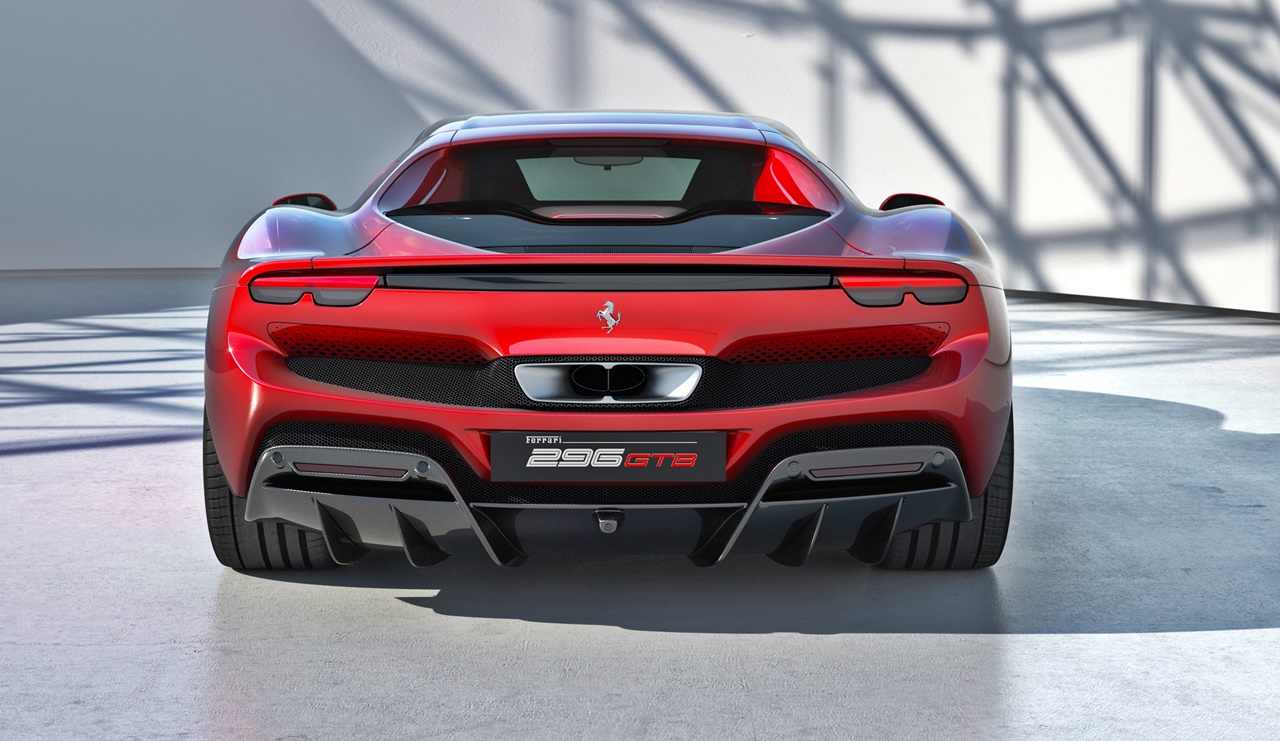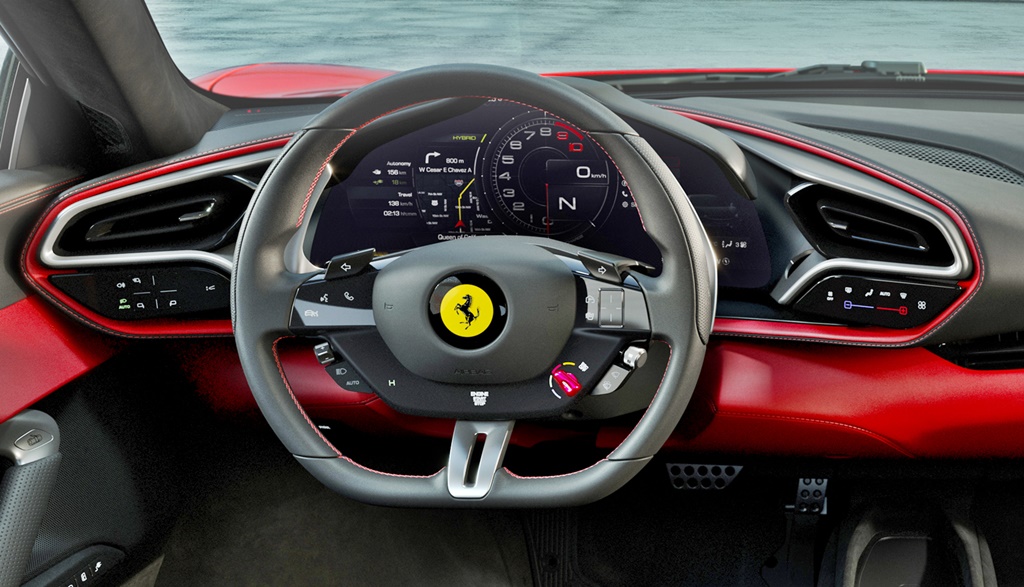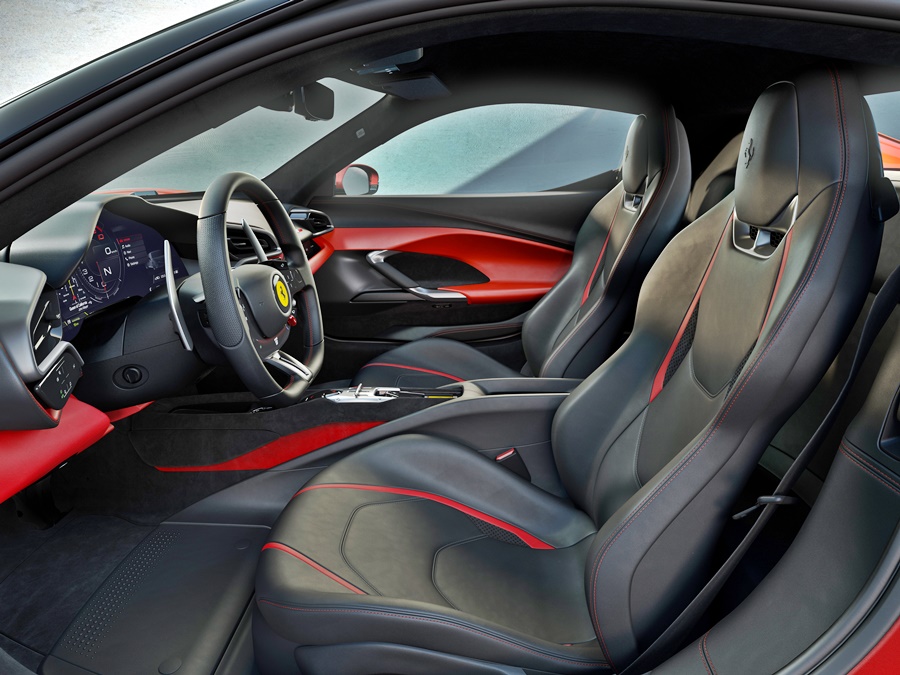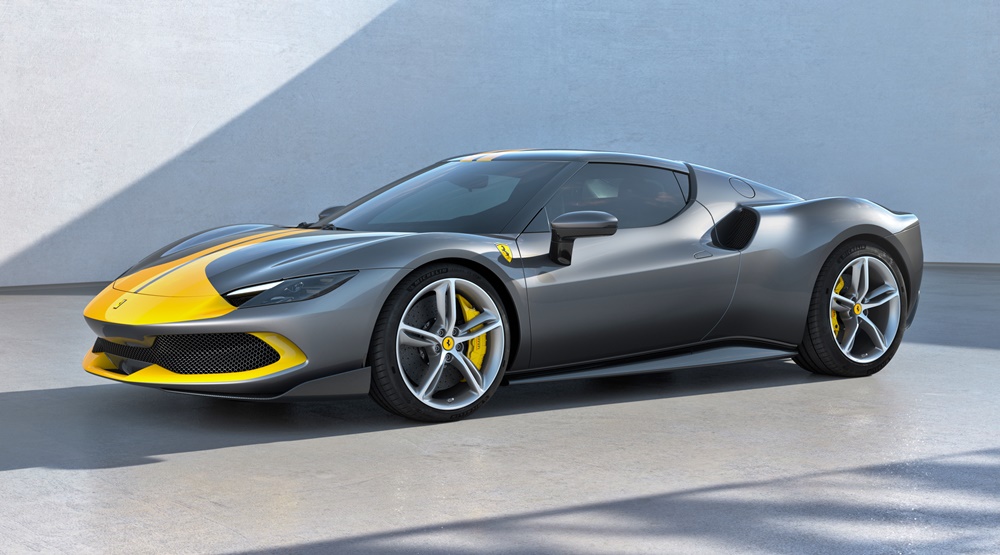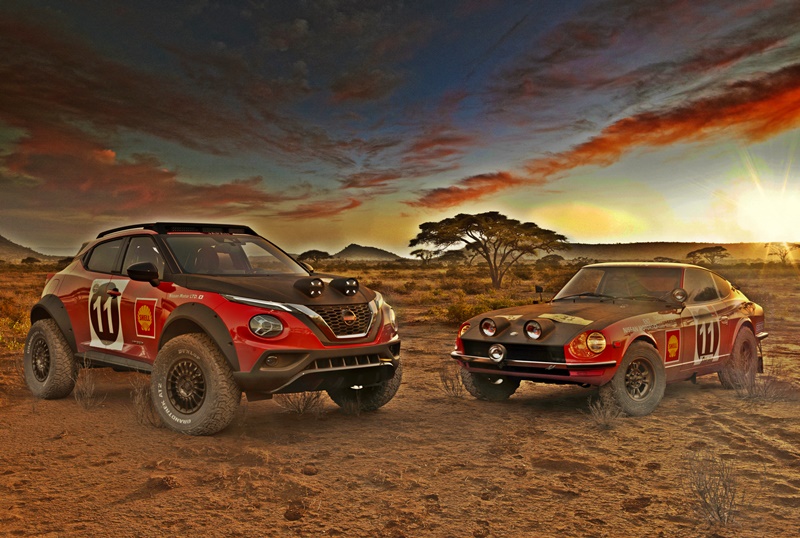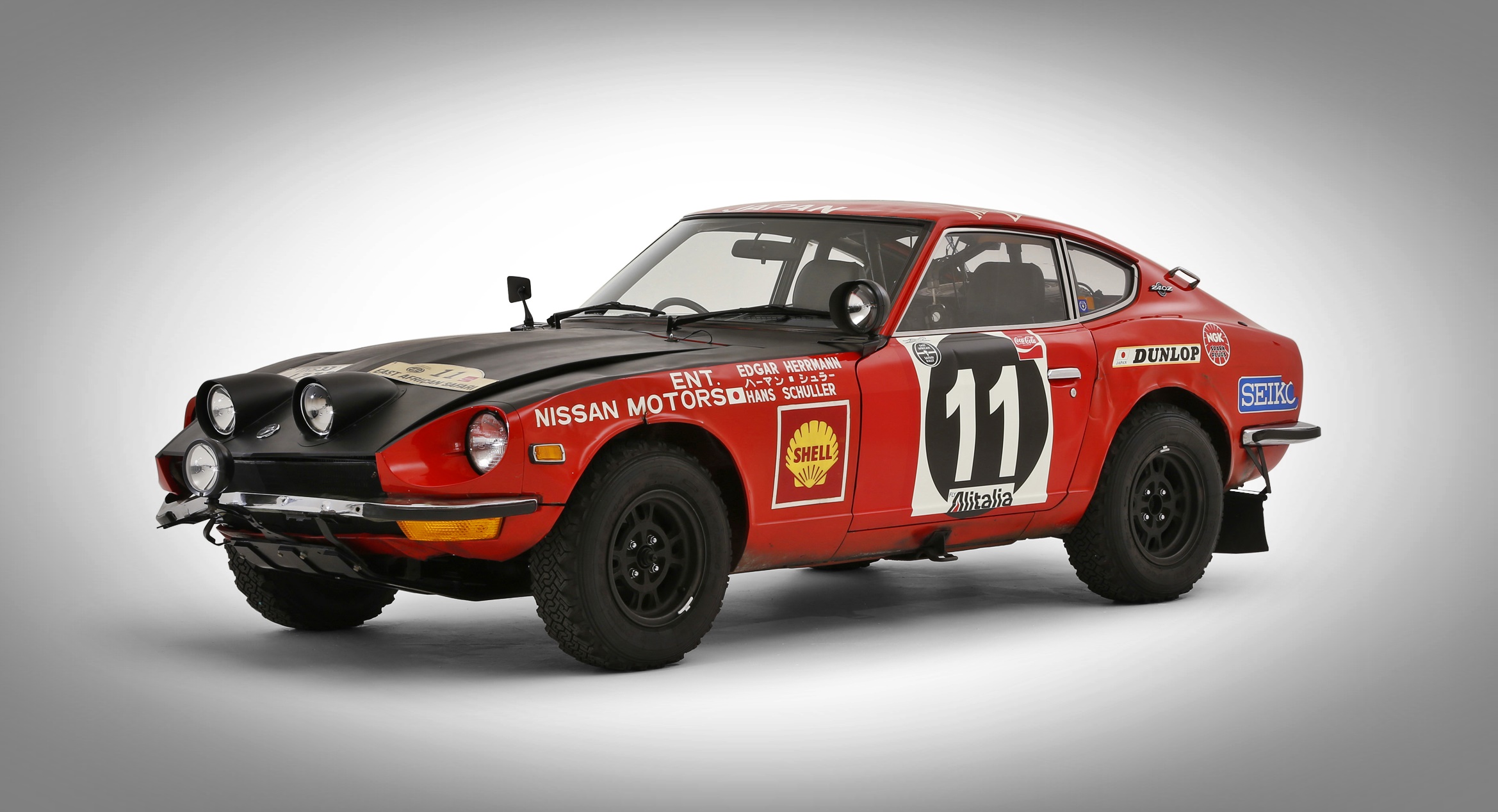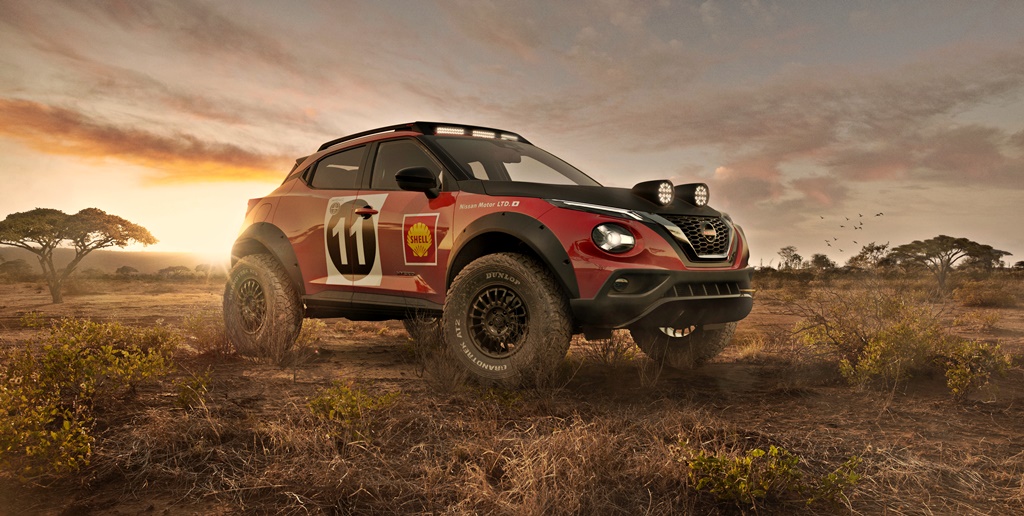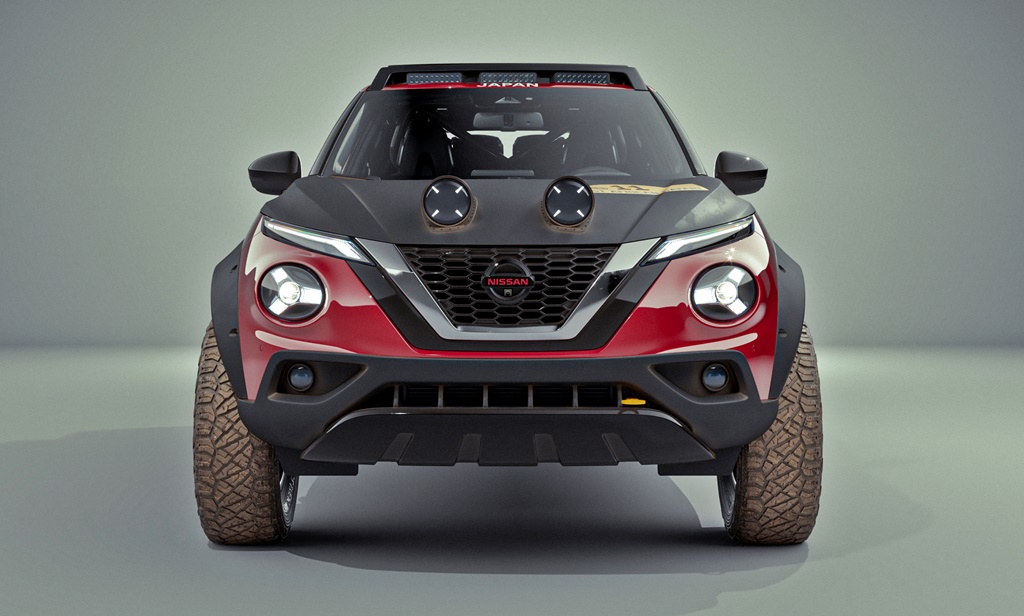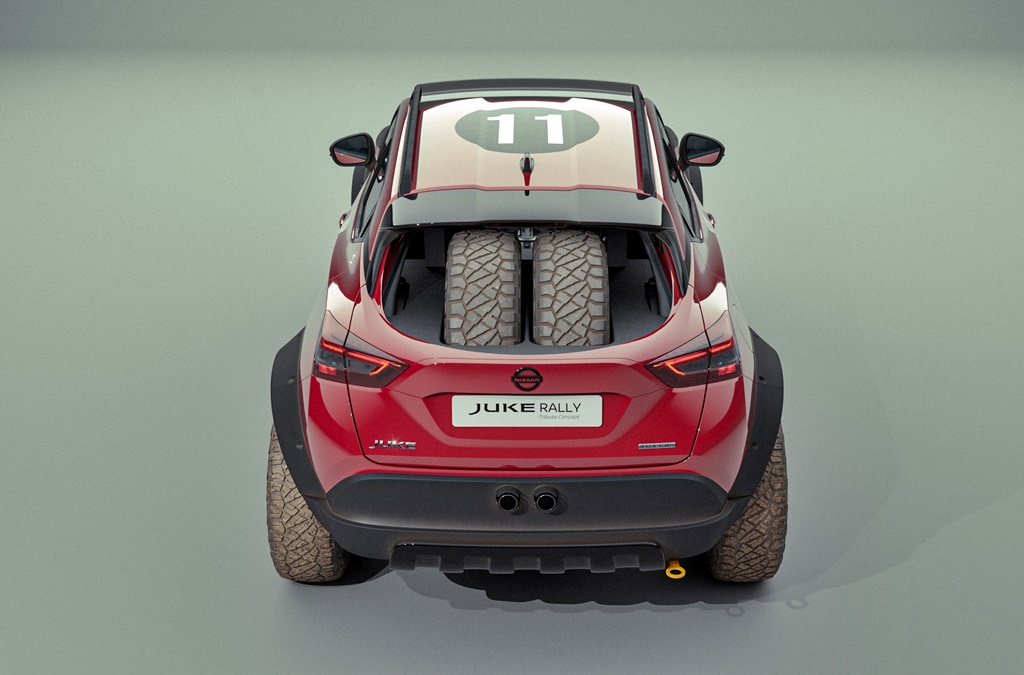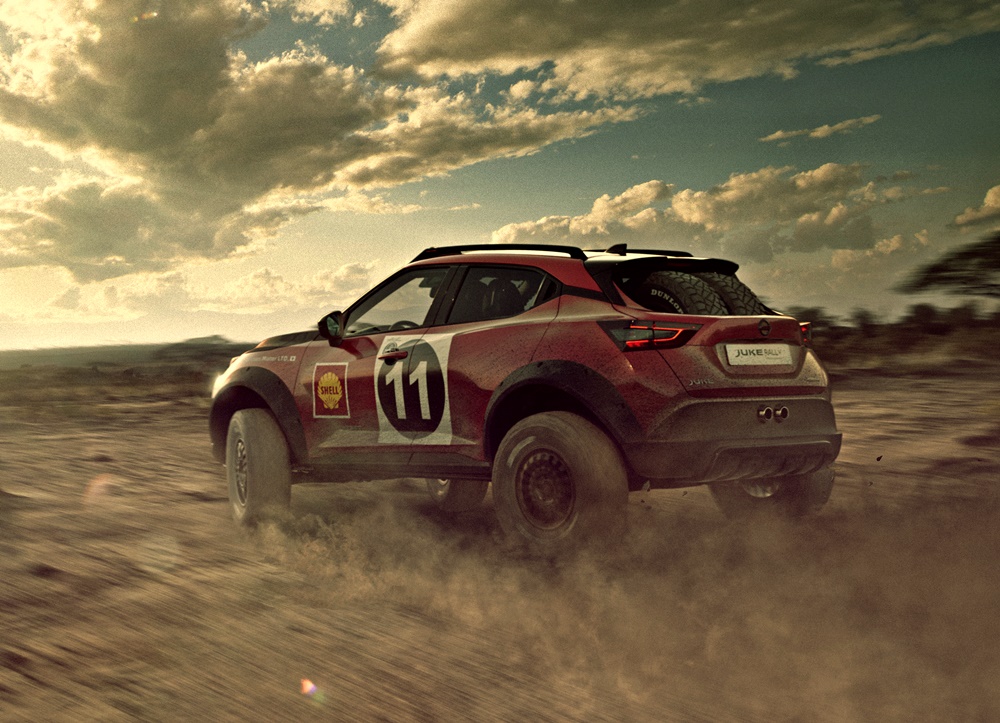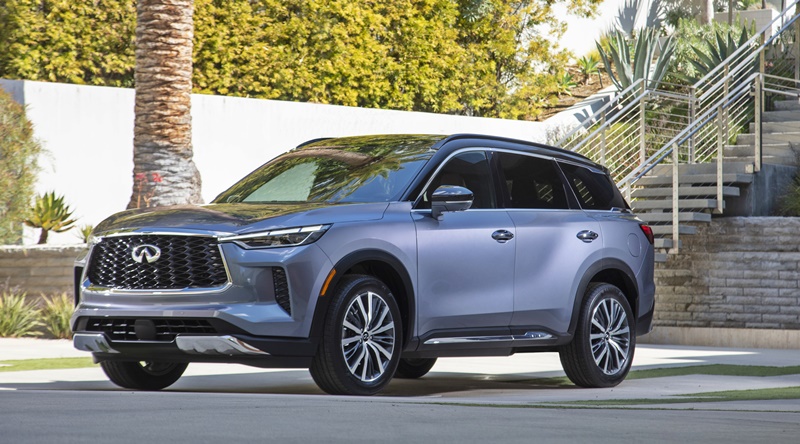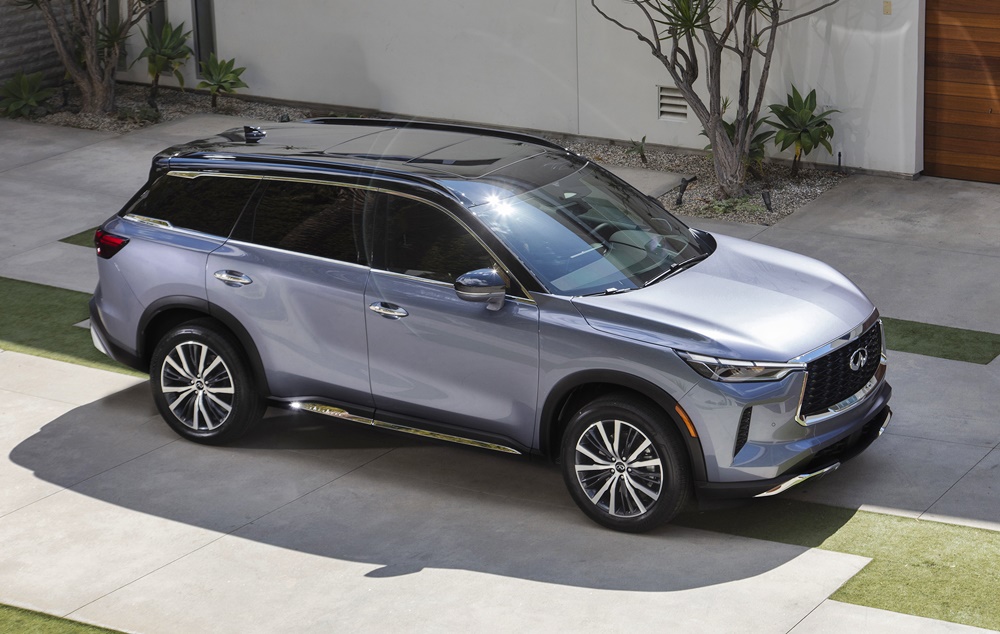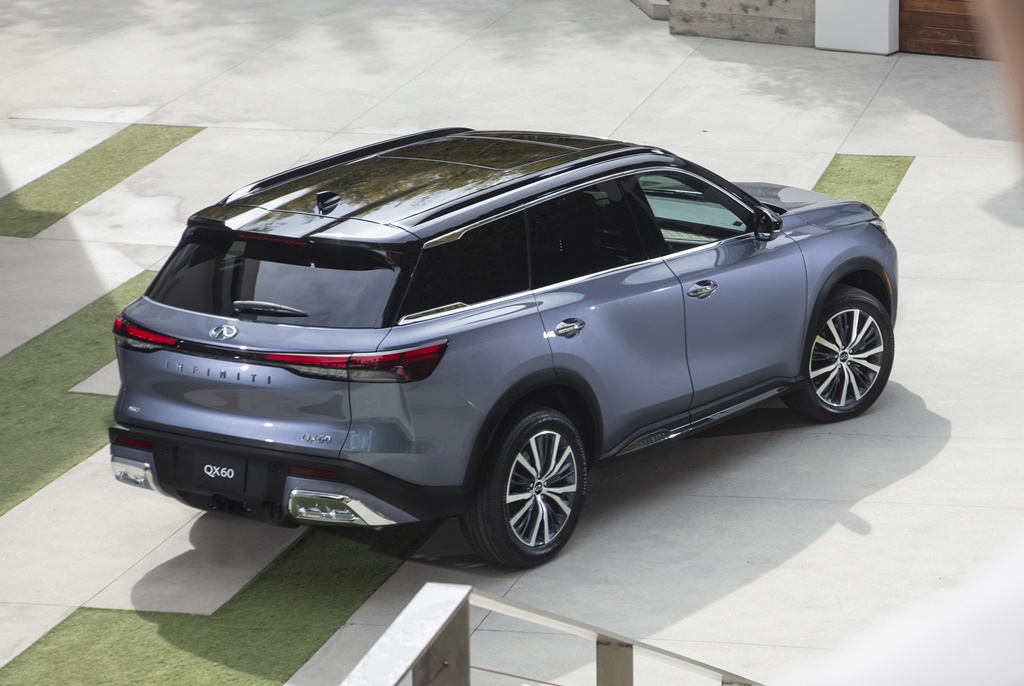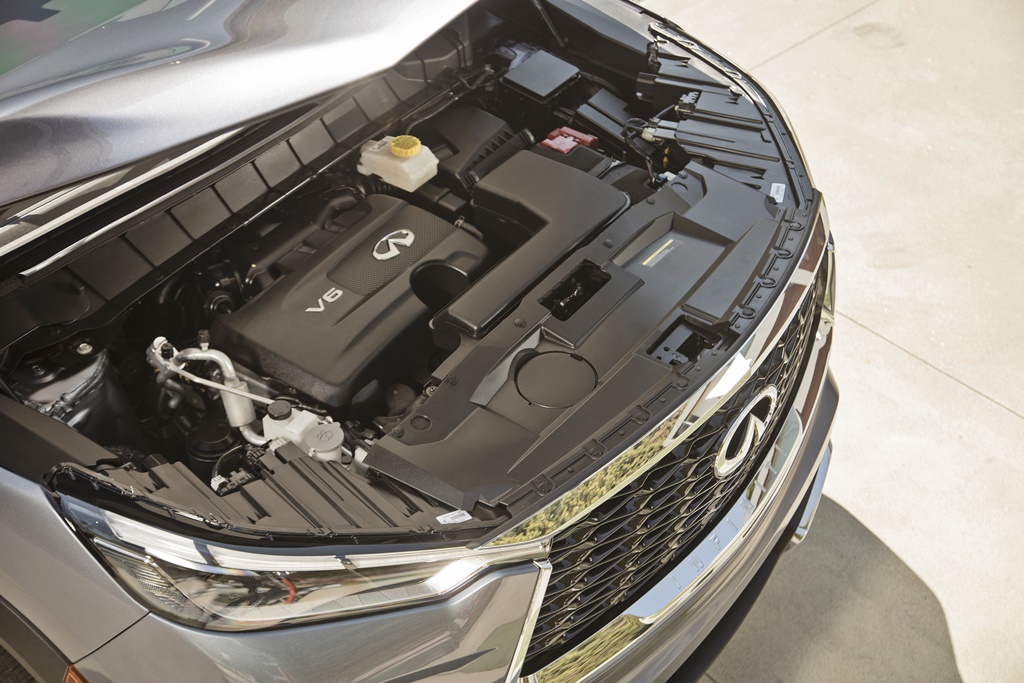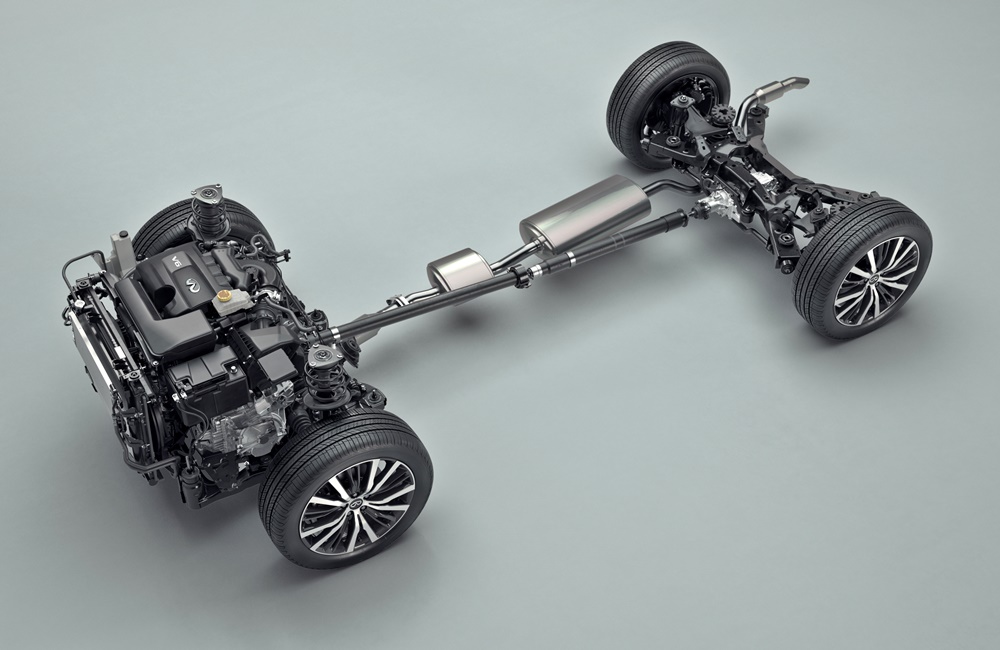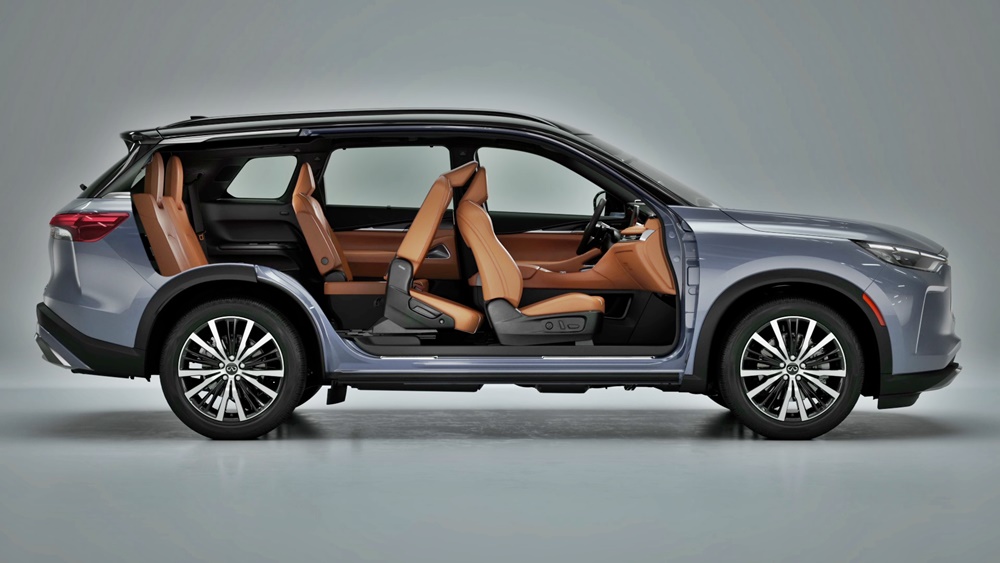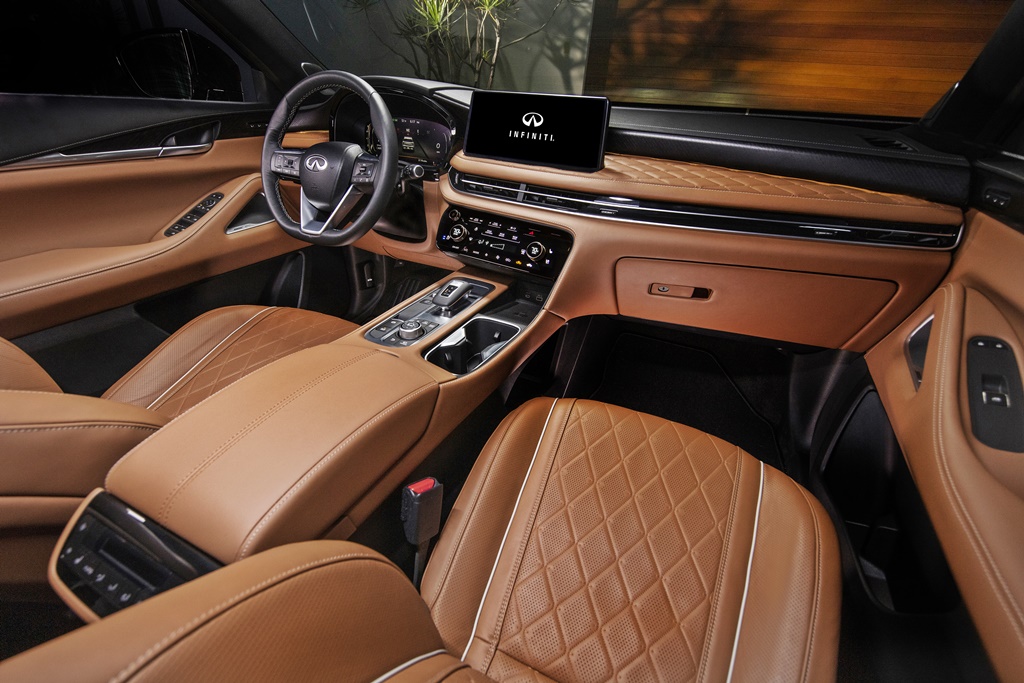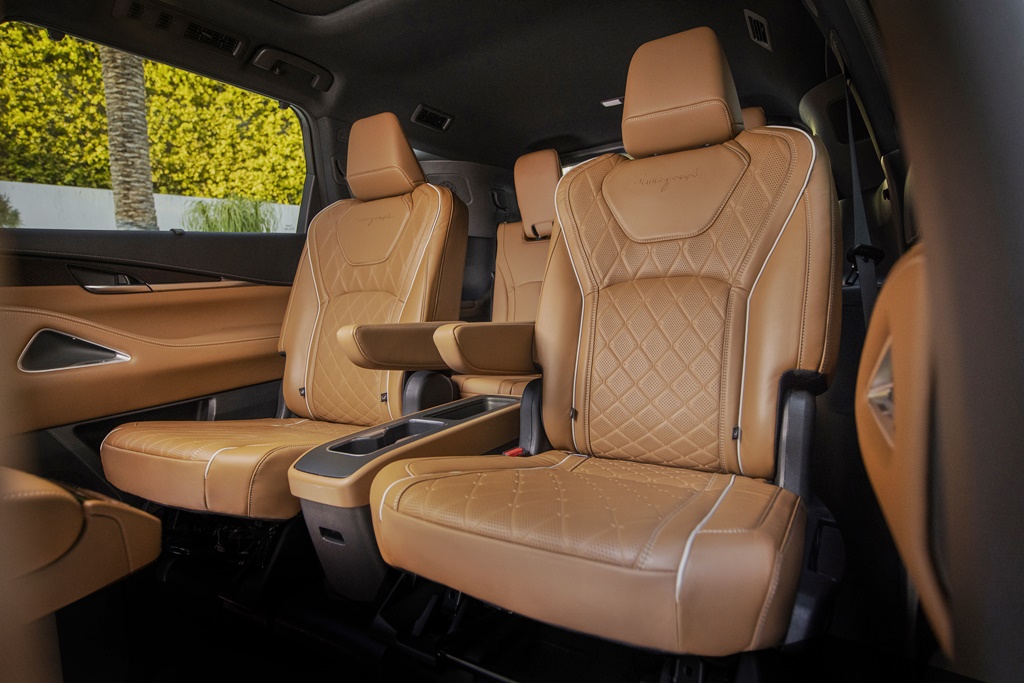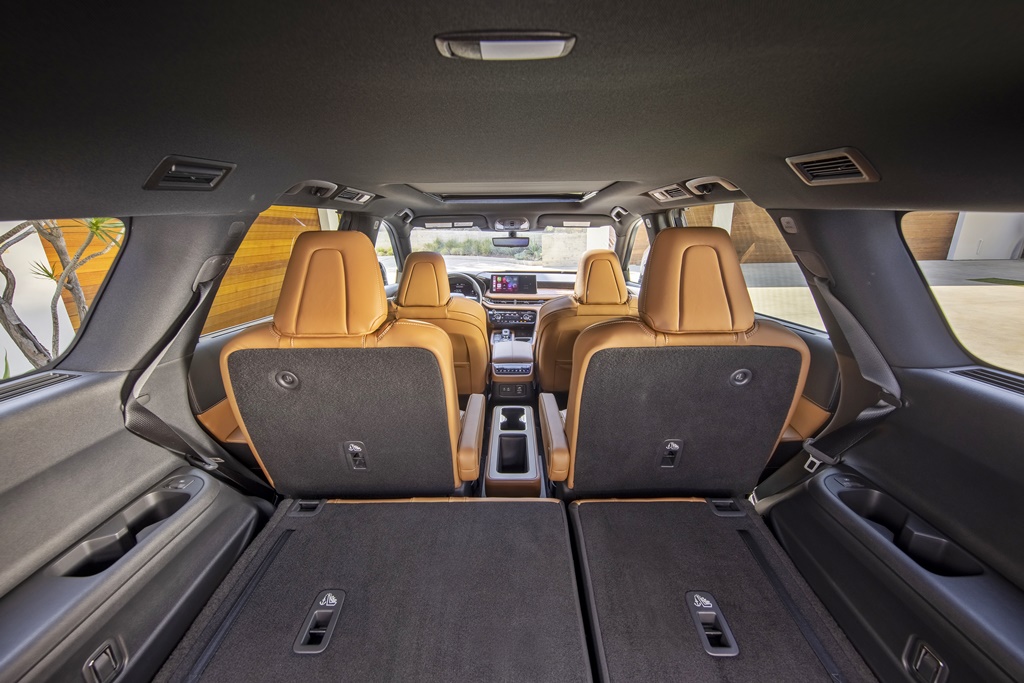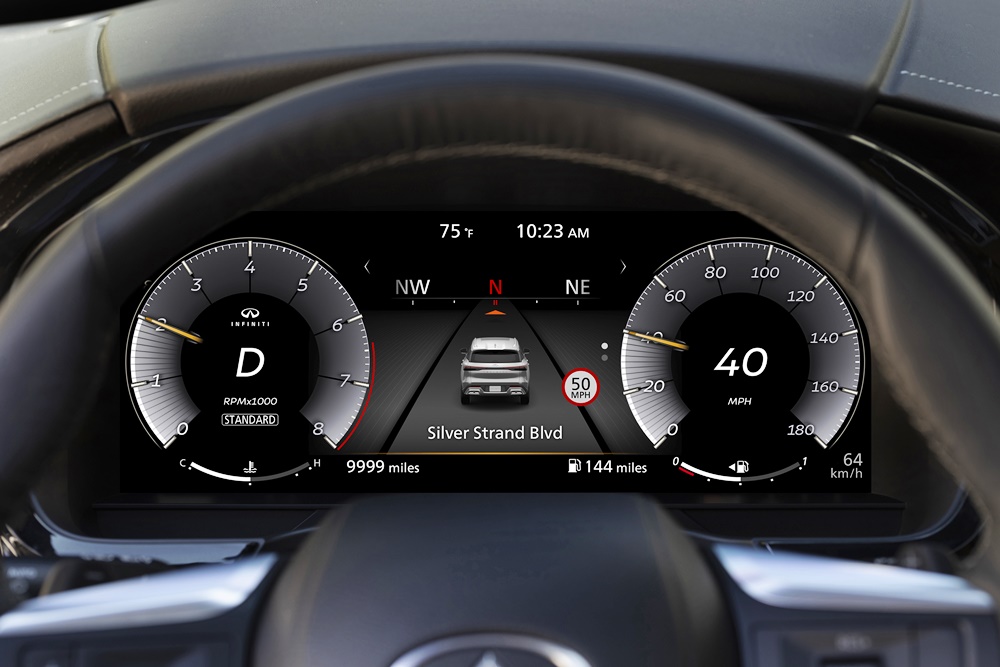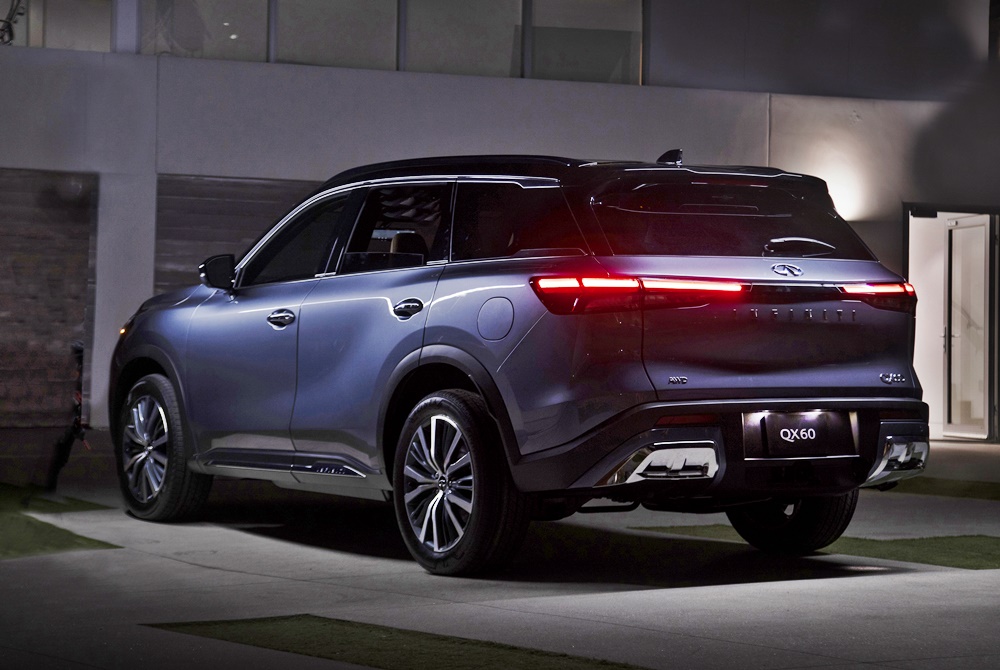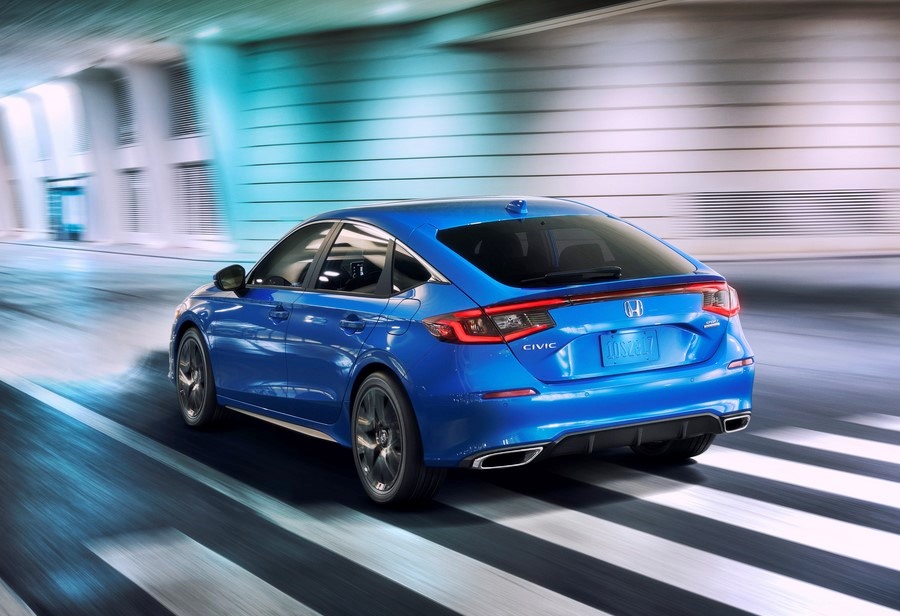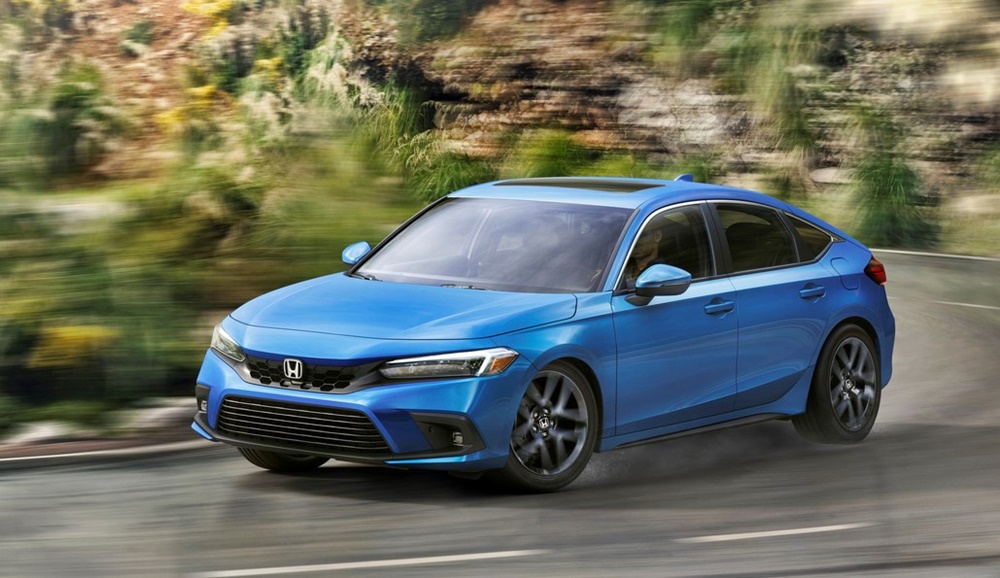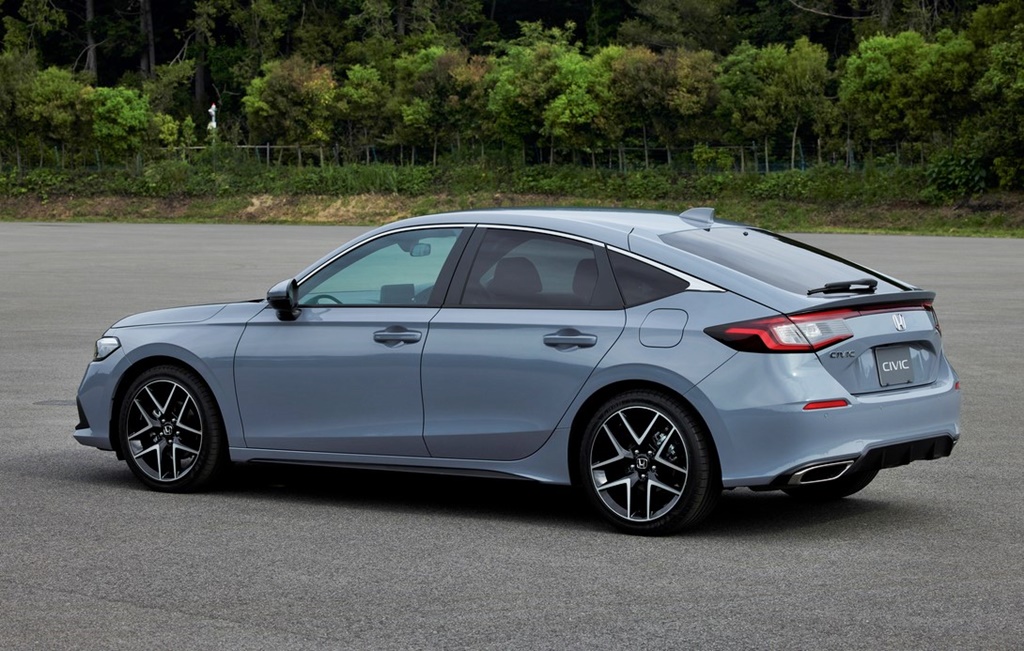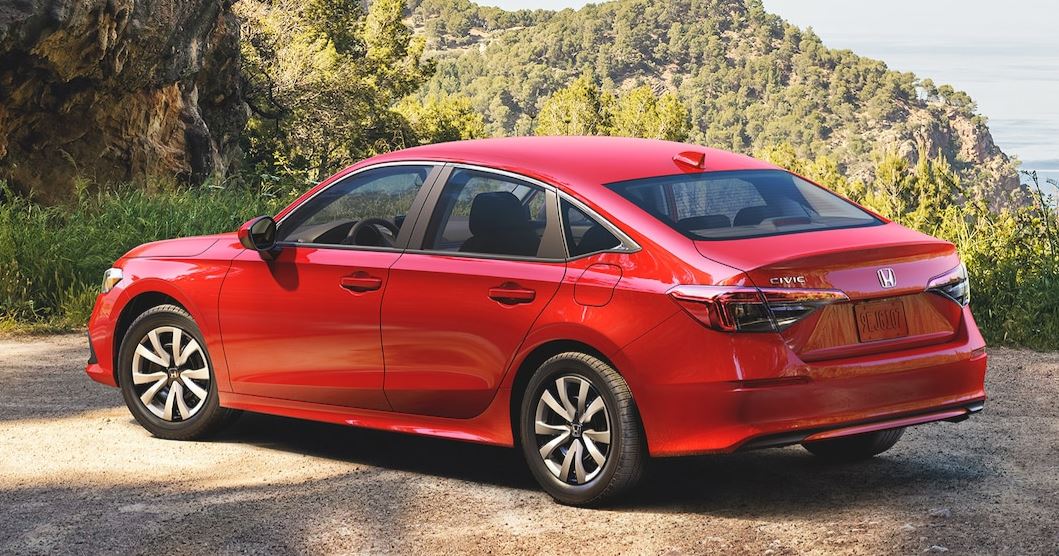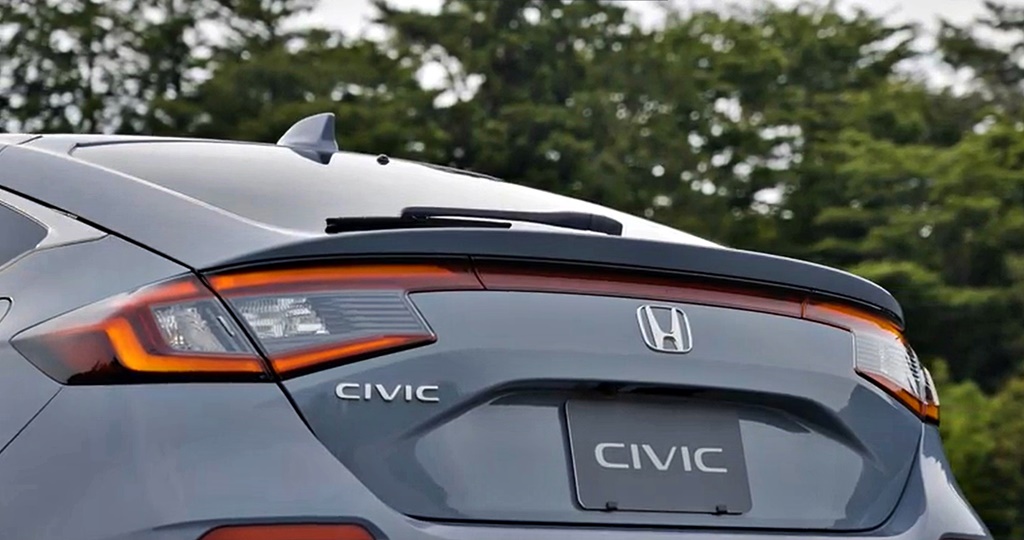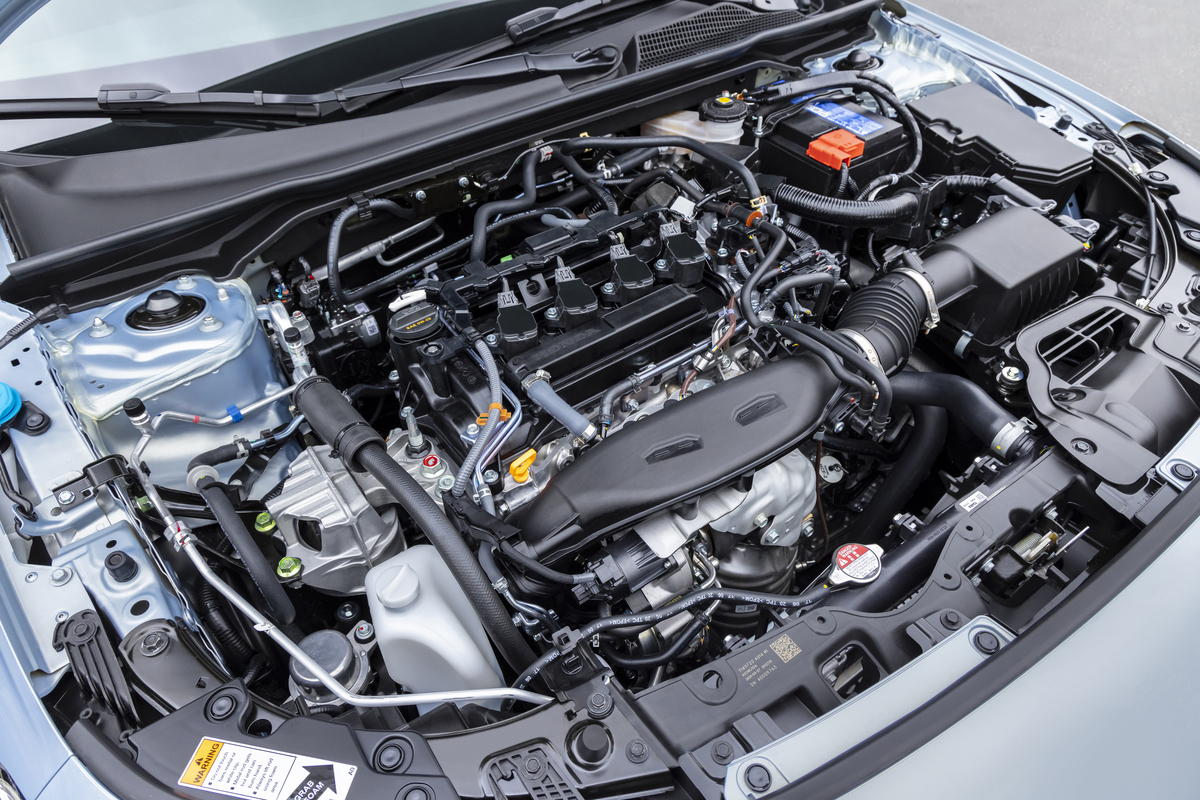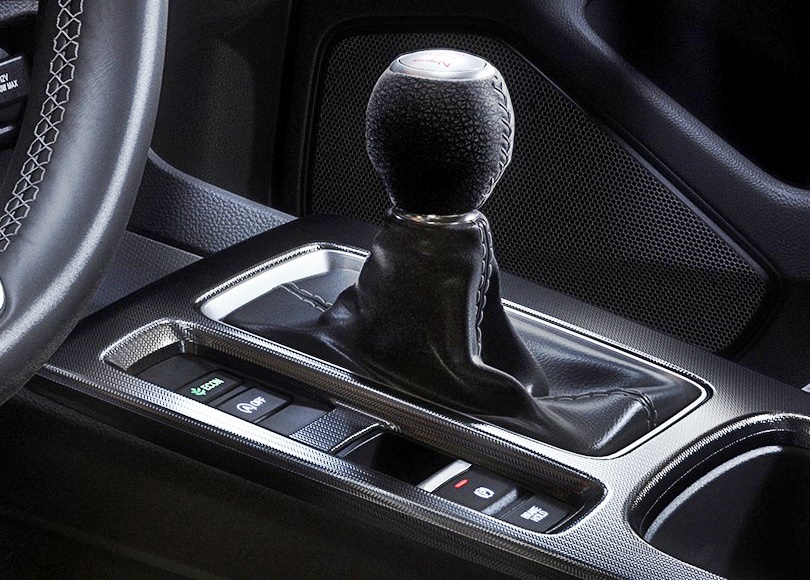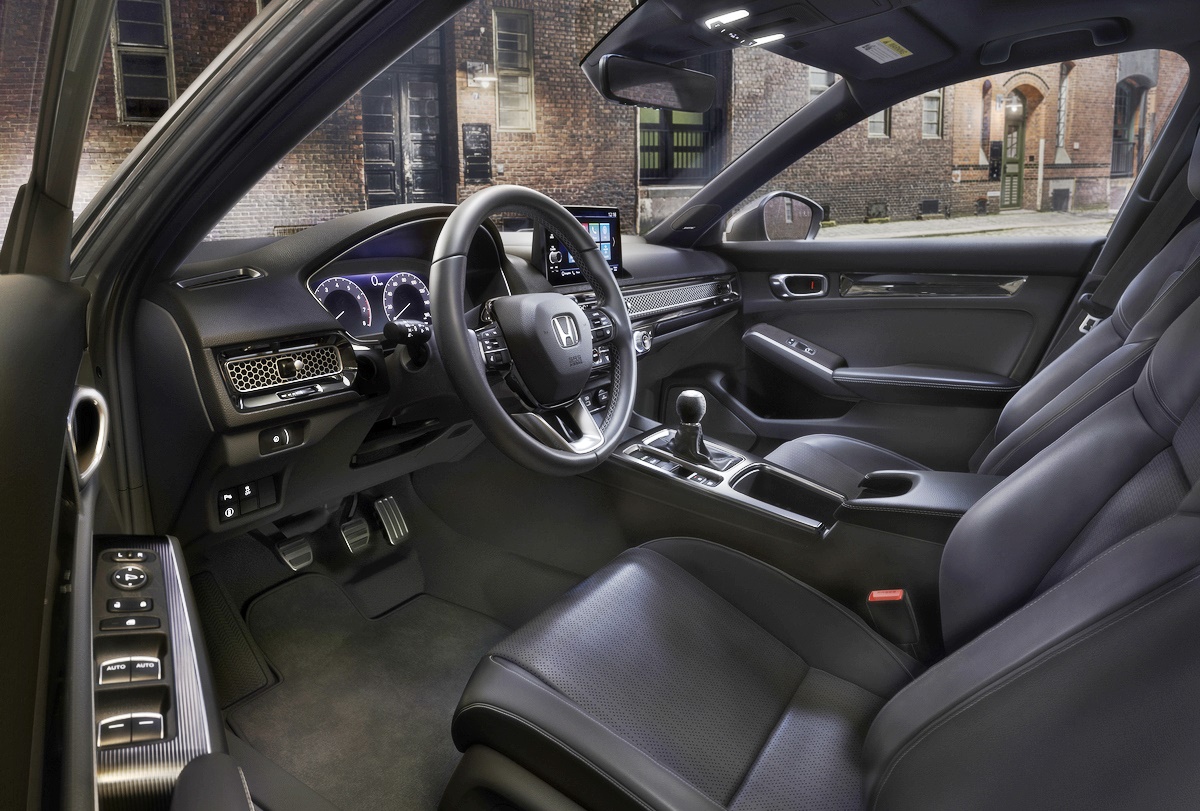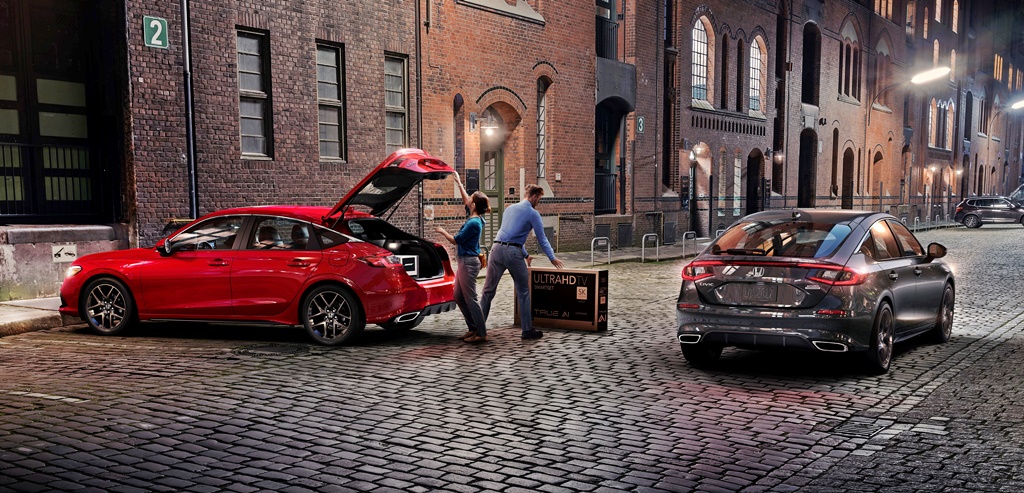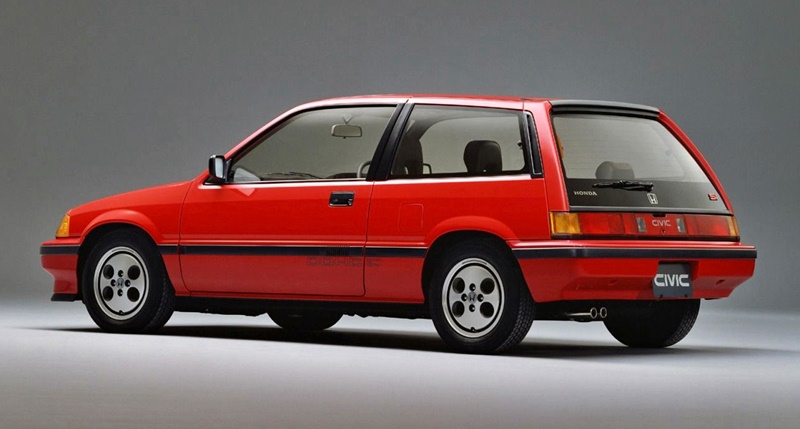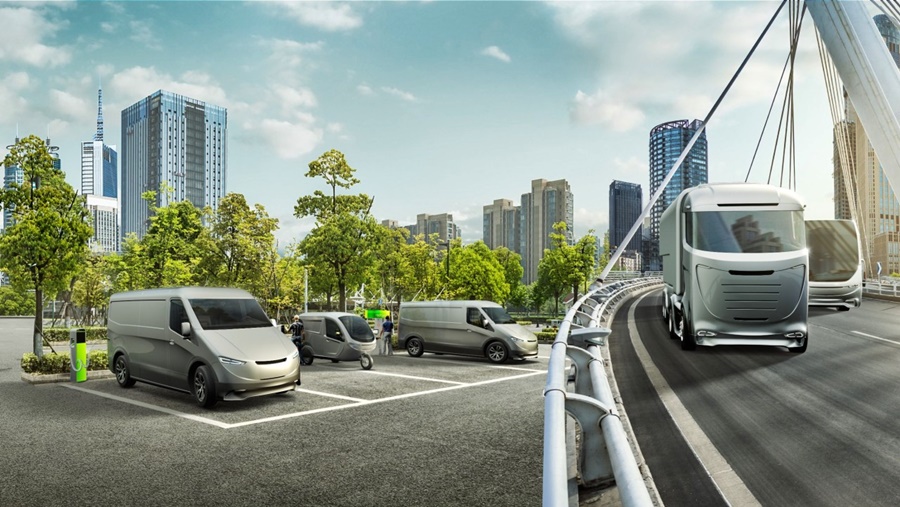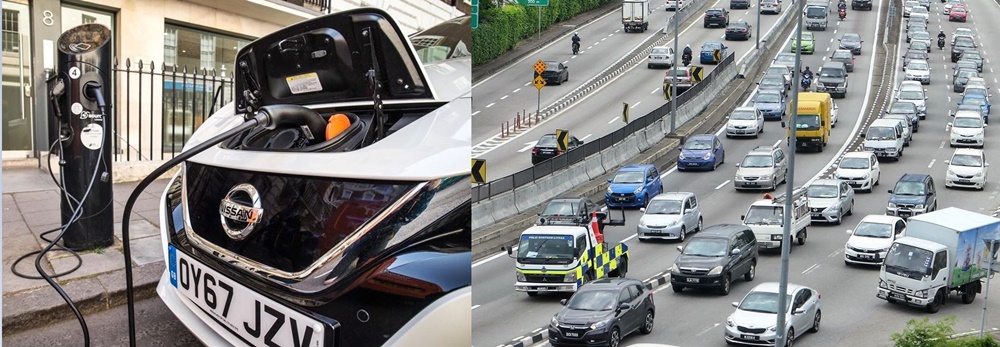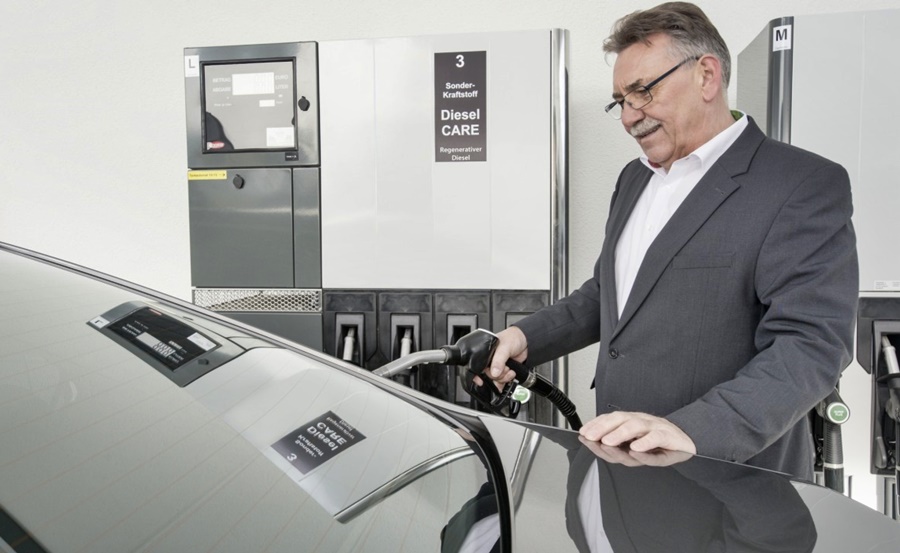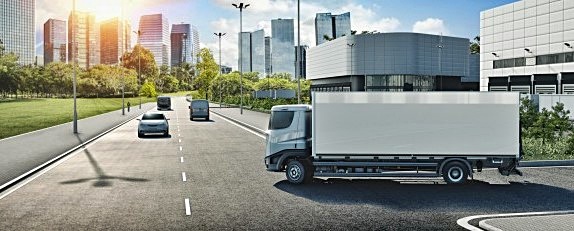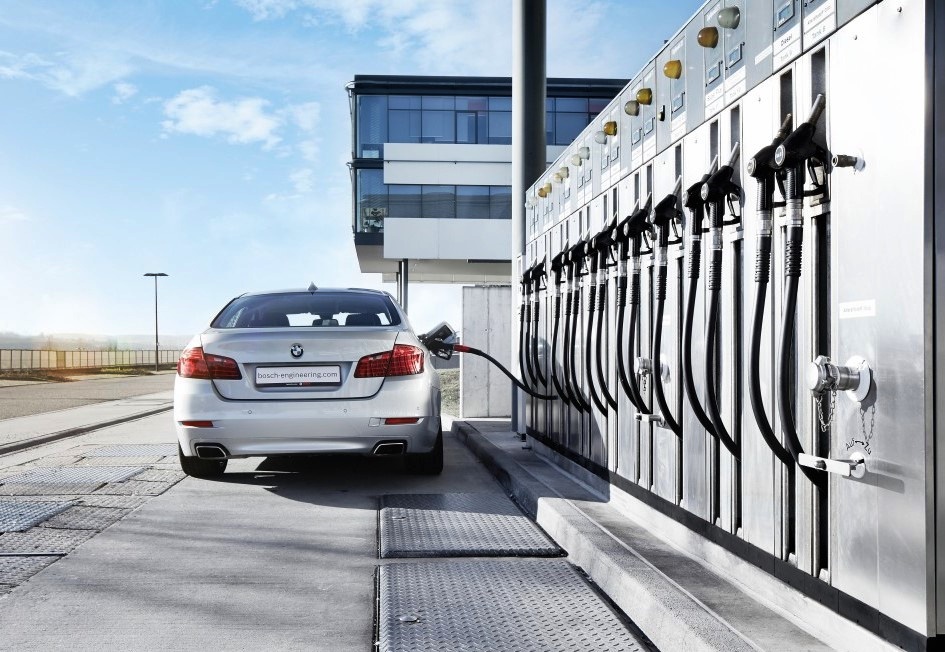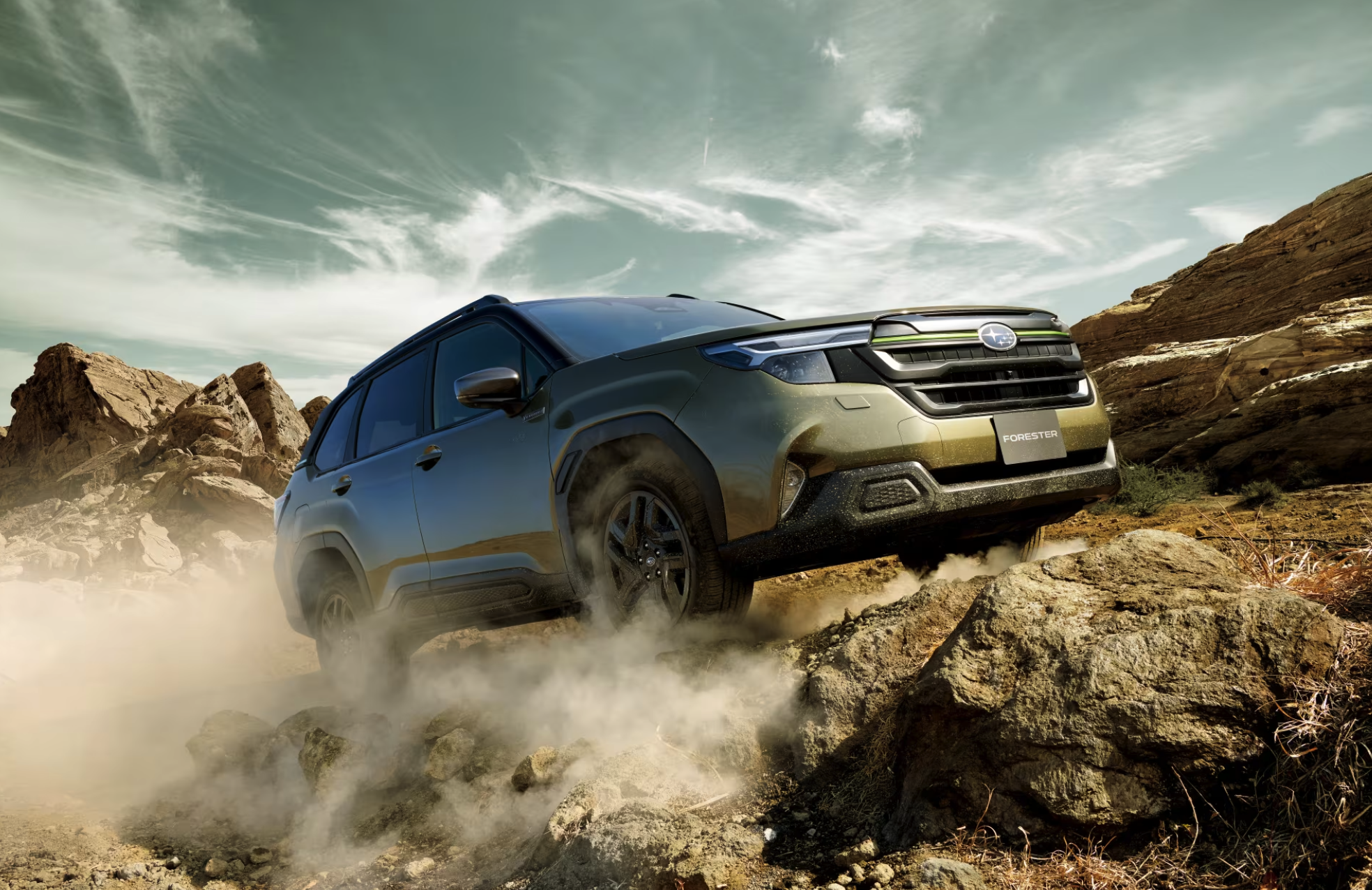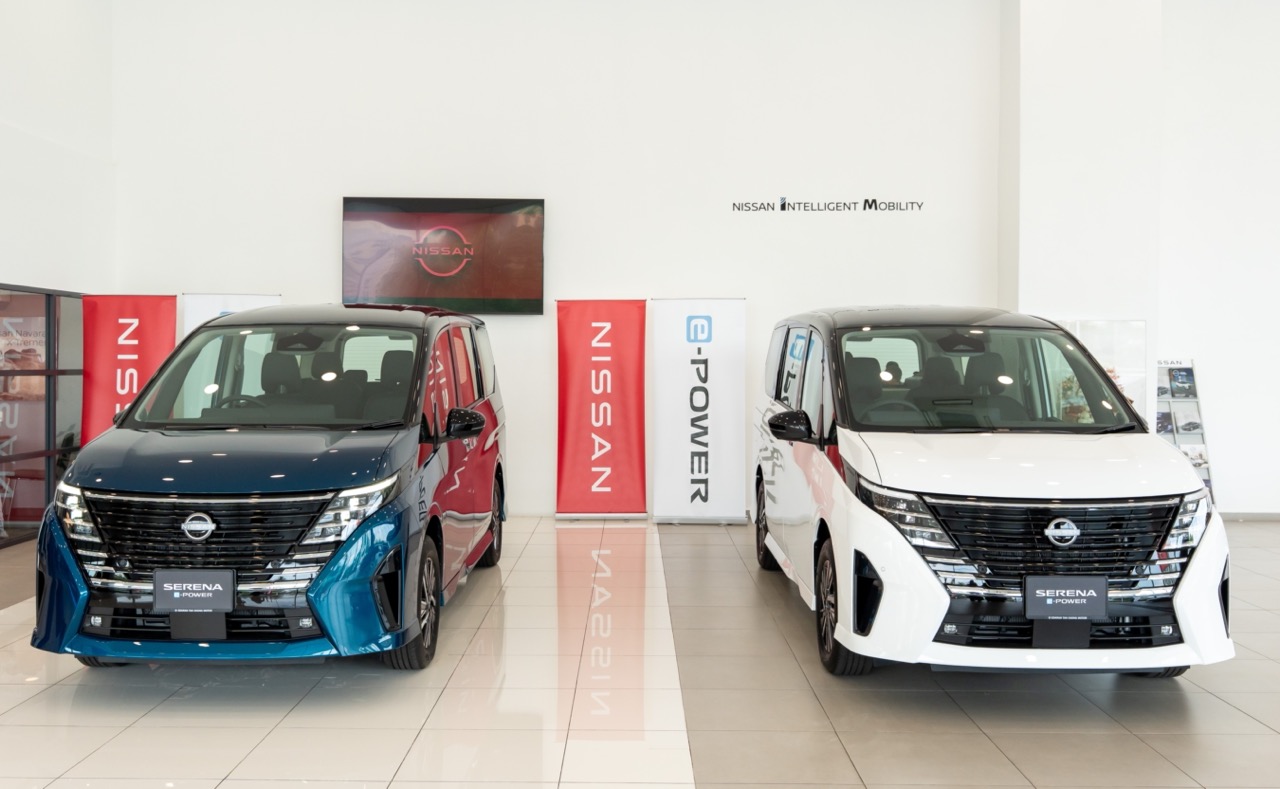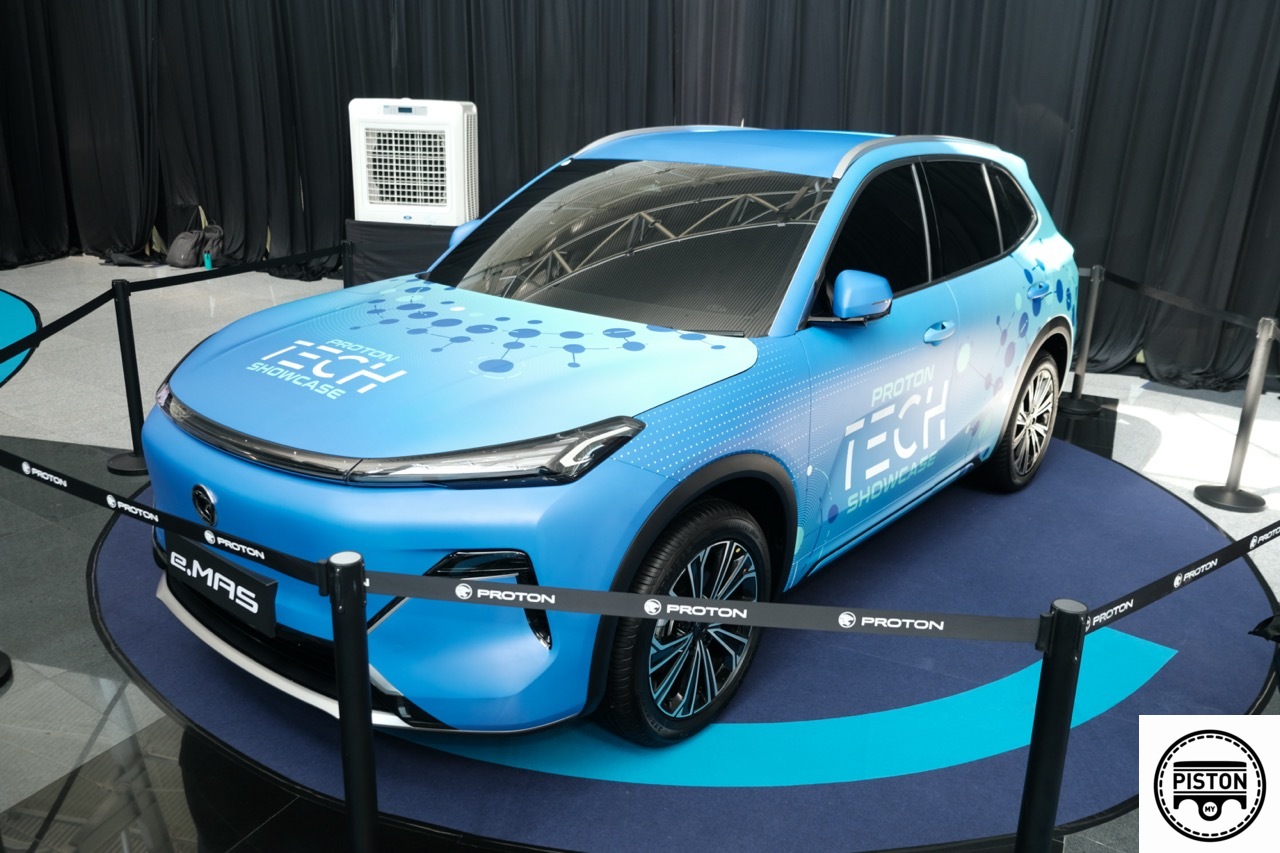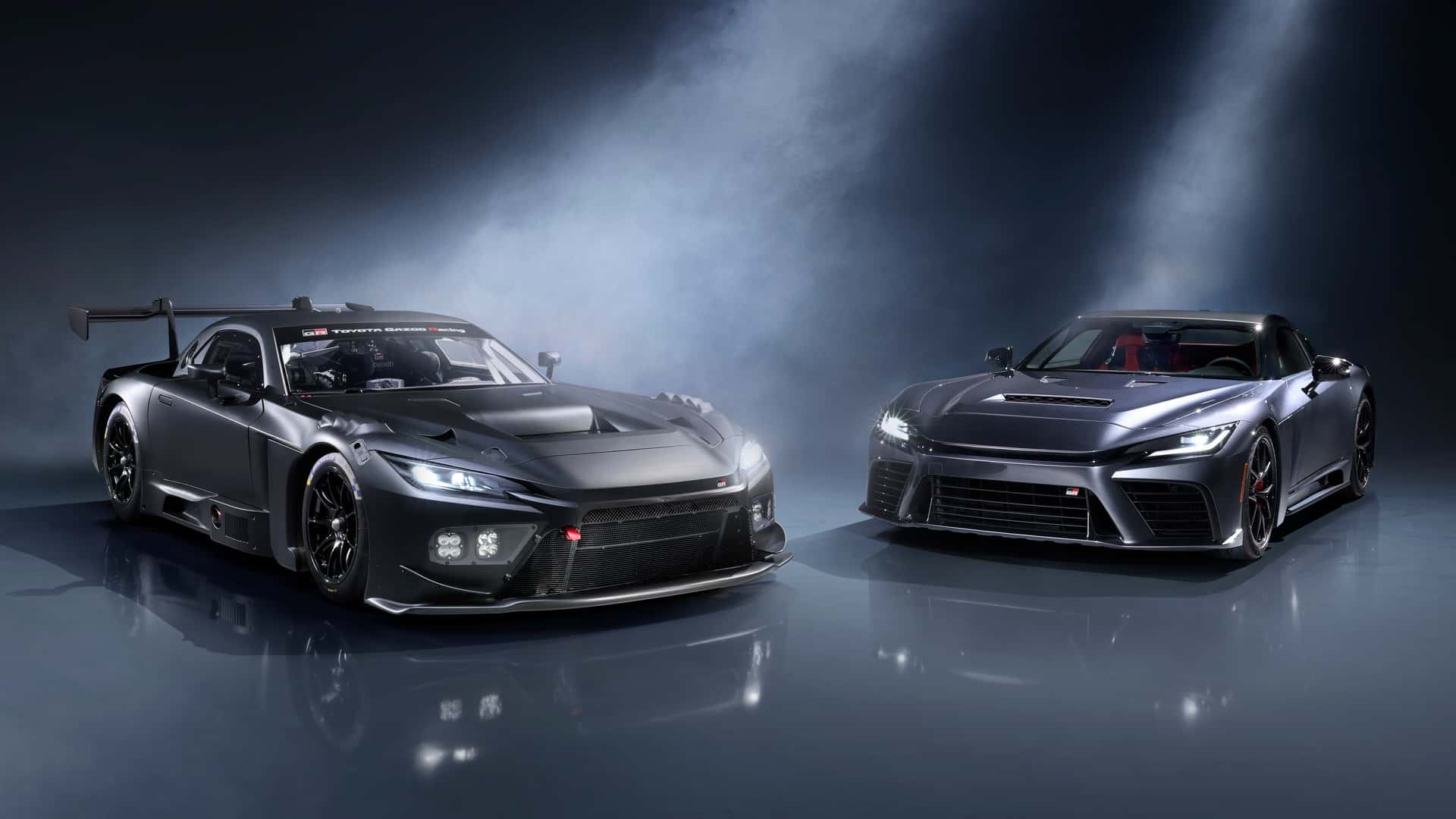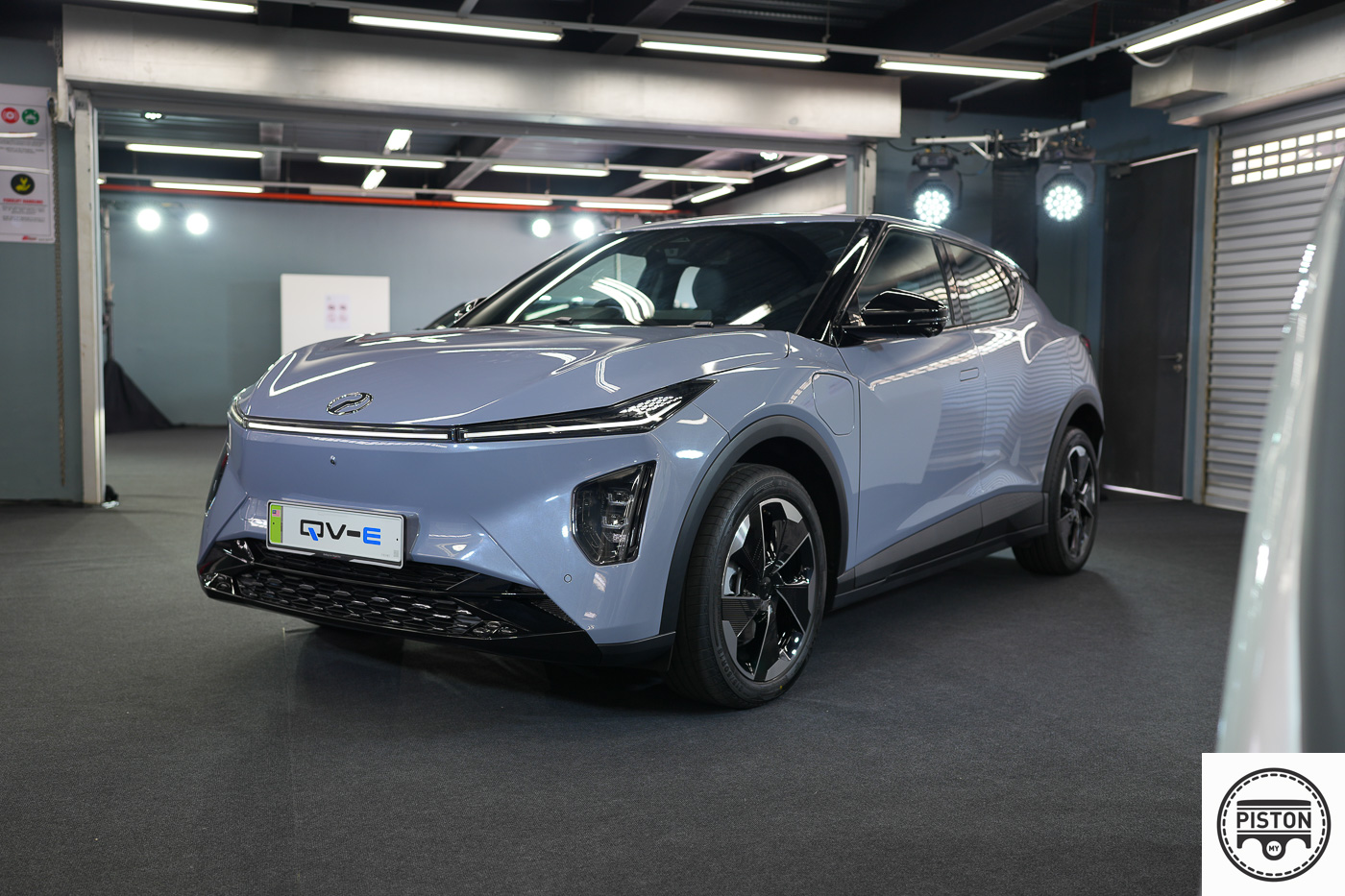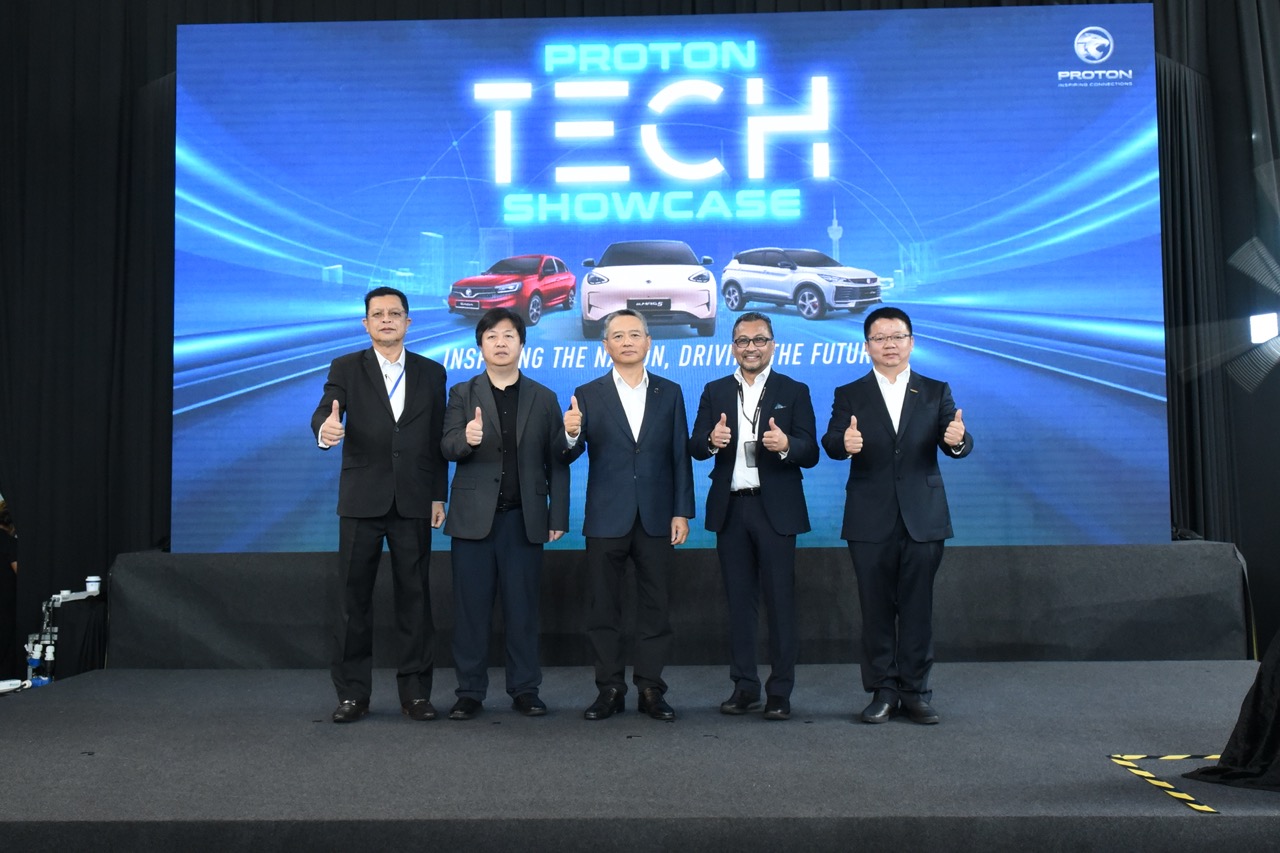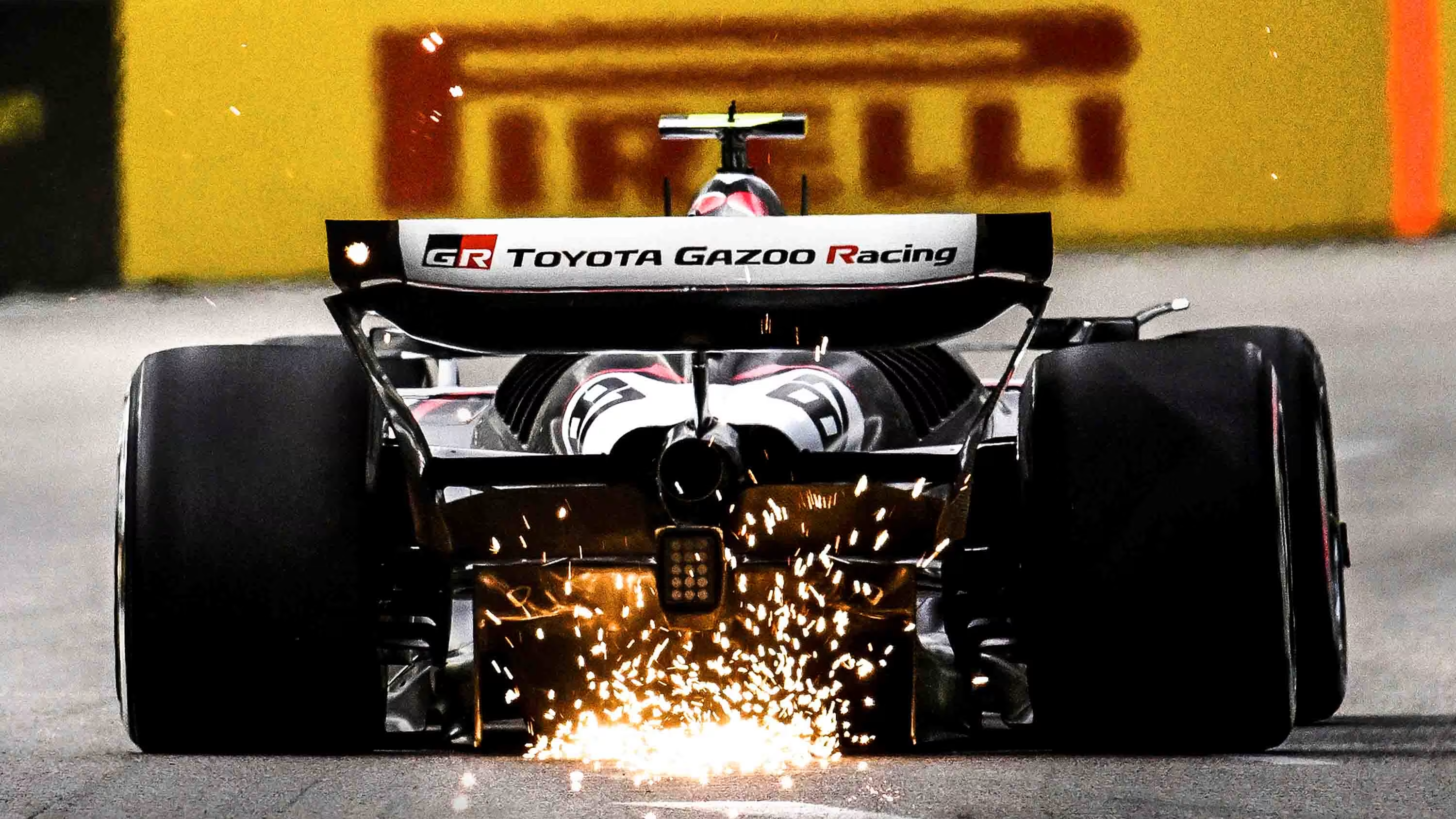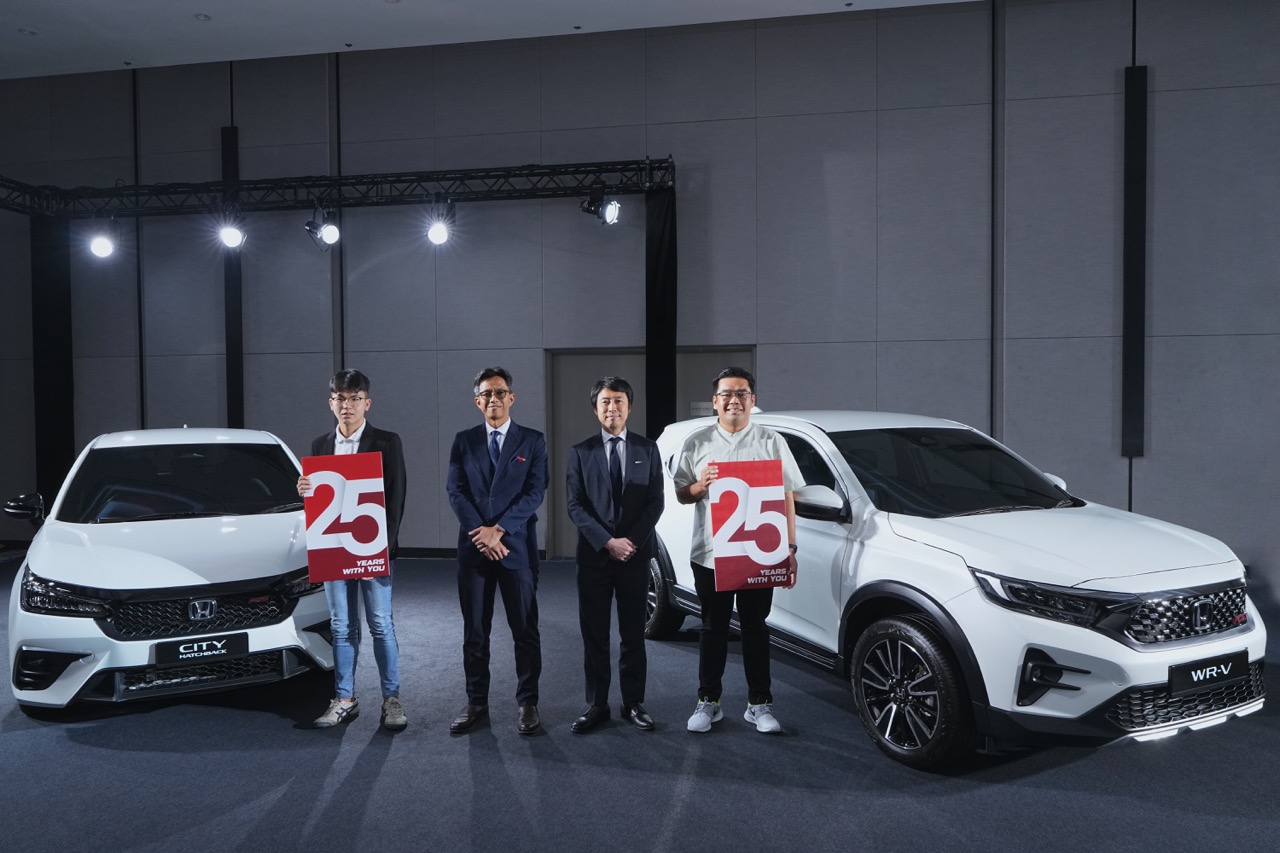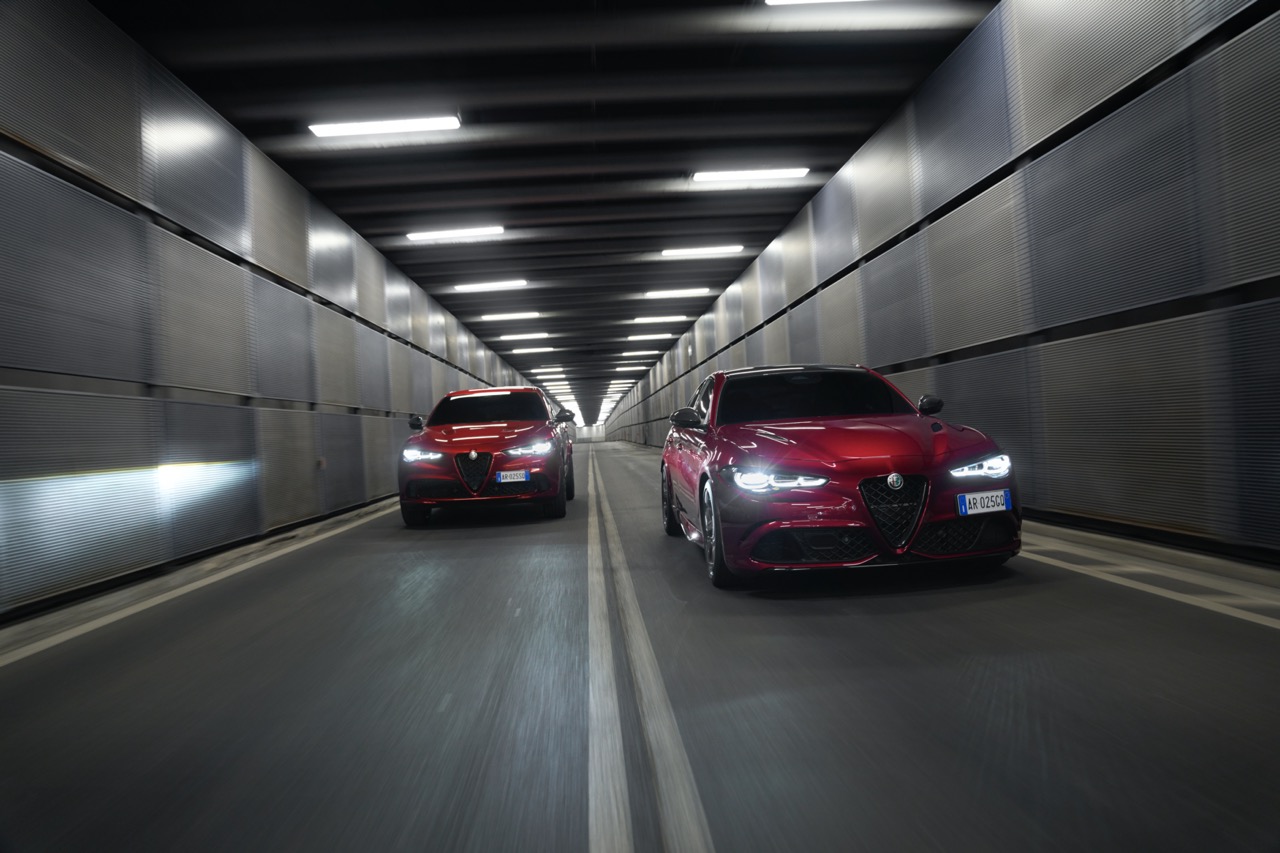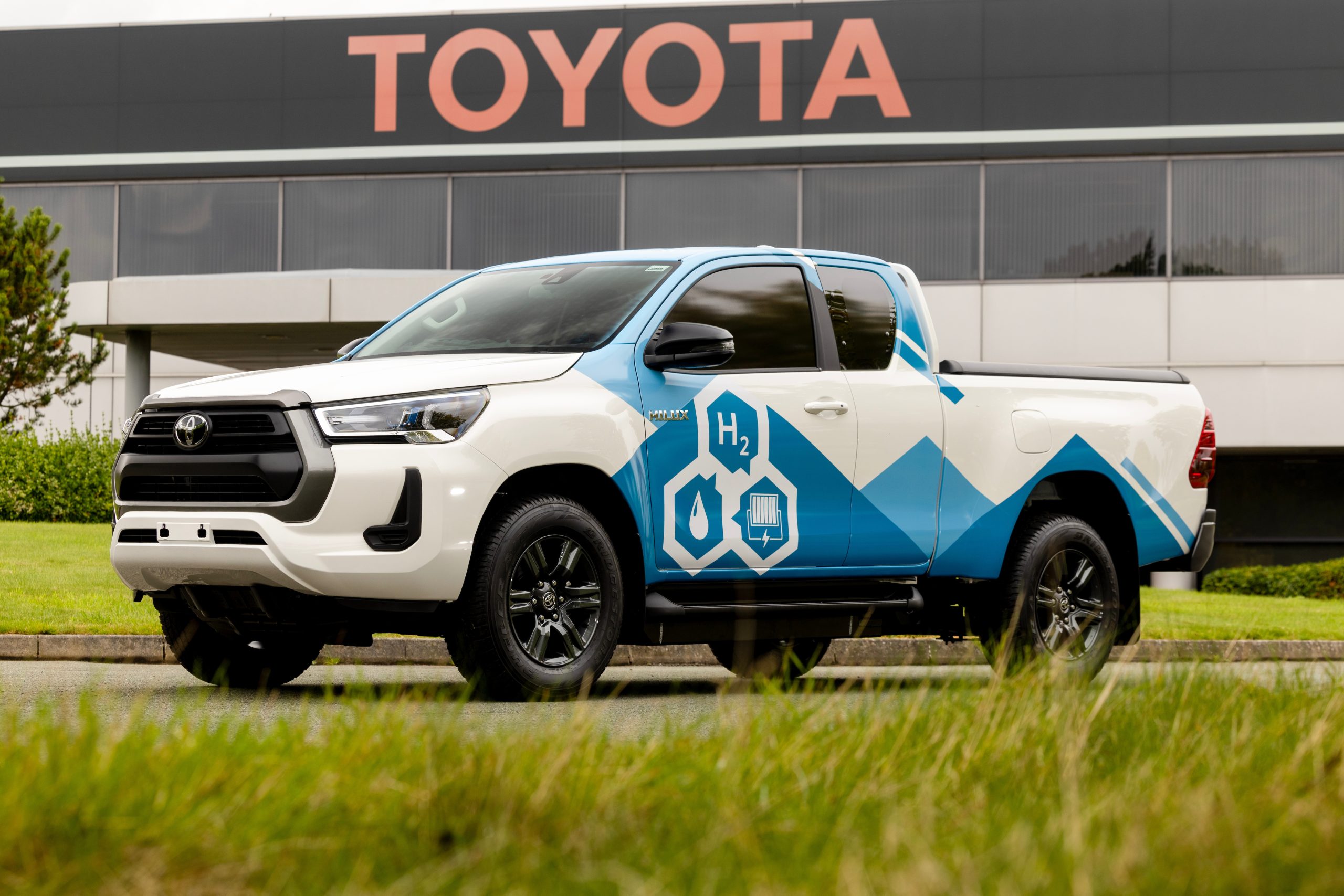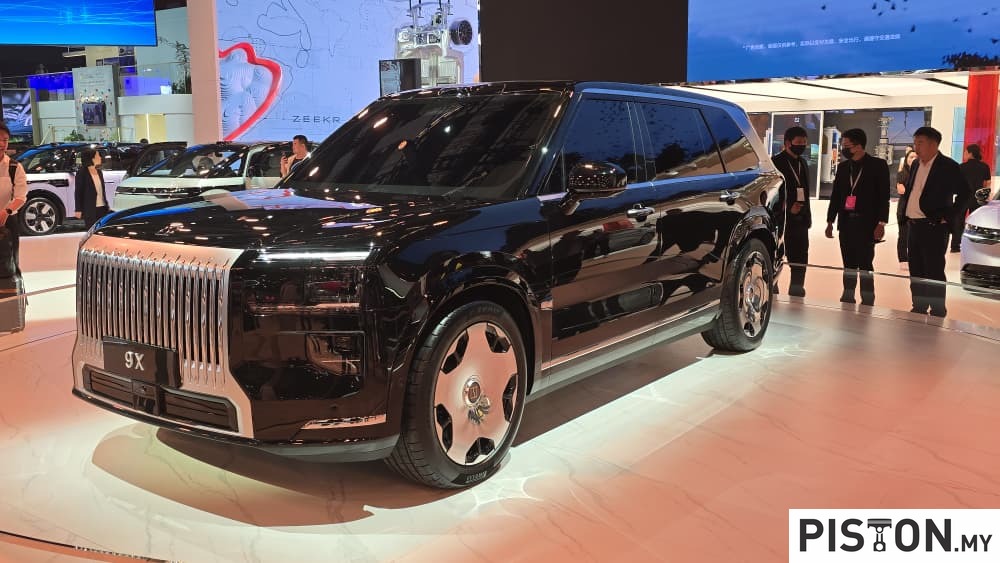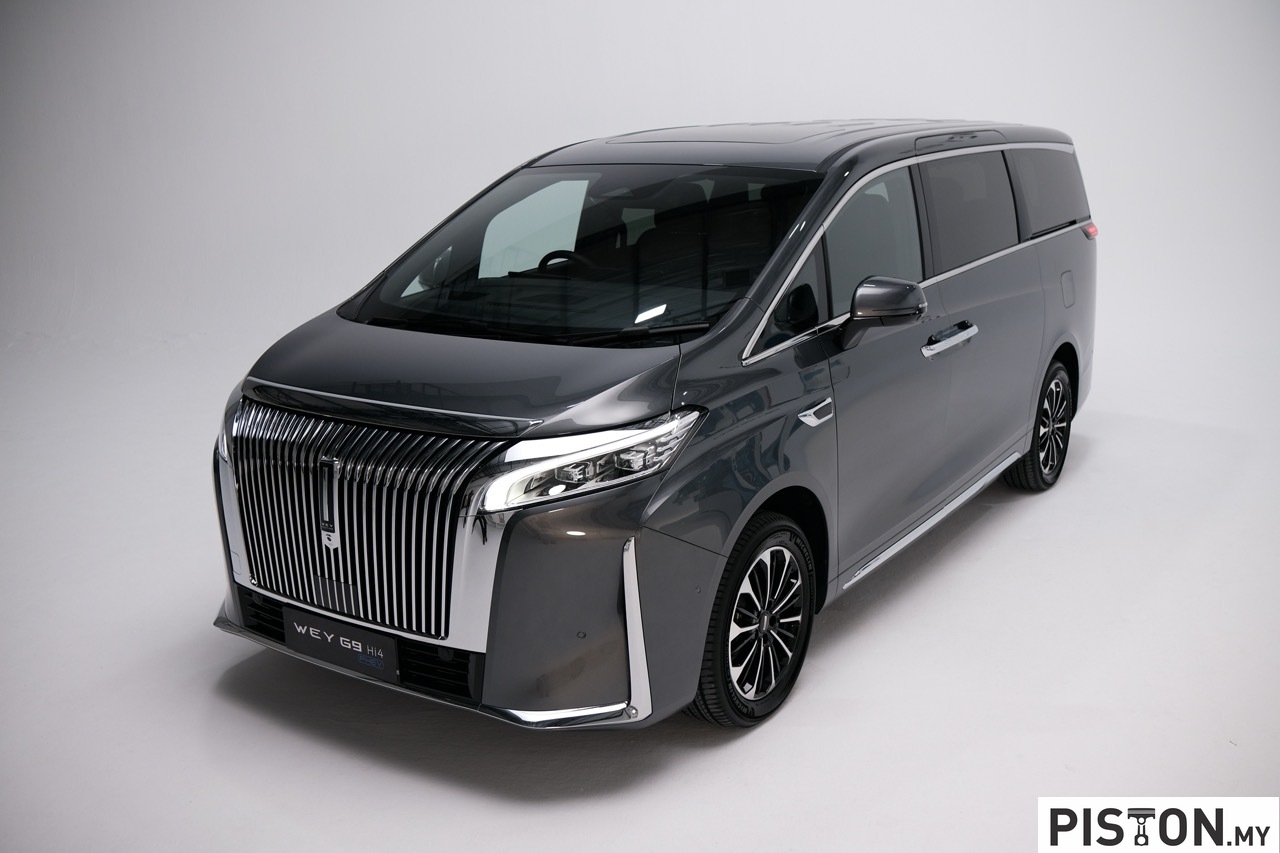With the cancellation of the Singapore Grand Prix again as the government is uncomfortable having too many foreigners entering the country during this pandemic period, Turkey has again been added to the 2021 Formula 1 calendar. The date of the Turkish Grand Prix will be on October 3, the same weekend originally scheduled for the Singapore Grand Prix.
This will be the second year in a row that the Turkish Grand Prix is being run, last year having been the first time since 2011. The 2021 Turkish Grand Prix, which was to replace the cancelled Canadian GP, was removed in May when strict travel restrictions (imposed by the UK) were expected to make it difficult for teams to travel there from their base in the UK.
Most of F1 community vaccinated
However, things have changed and it is now possible to travel to Turkey and the Formula 1 organisation has decided to use the venue. The organisers have taken many measures to protect the health of those involved and say a significant proportion of the F1 community has been vaccinated already.
The circuit for the Turkish Grand Prix will be the same Intercity Istanbul Park or Istanbul Racing Circuit (or initially, Istanbul Otodrom) in the country’s capital city. The track was opened in 2005 and was another project of Hermann Tilke, who has designed many of the modern F1 circuits around the world.
One of the most challenging circuits
Istanbul Park has often been regarded as one of the most challenging modern circuits in F1. Of the 14 turns, Turn 8 is ‘legendary’ – a fast, high-g 640-metre left-hander with multiple apexes. Though today’s racing cars are better designed to handle the turn compared to 10 years ago, the speed (around 270 km/h) and duration in the turn will still place a lot of loads on the tyres.
“Due to the increased downforce levels, the iconic Turn 8 will be less of a focus than before. It was pretty much flat-out in the 2011 cars, but it will become even less of a challenge in these 2020 machines. So, teams don’t need to compromise the setup so much for it,” said Mercedes-AMG’s Toto Wolff.
Besides Turn 8, there are also other challenges around the 5.338-km long circuit that the drivers will do 58 laps on. It will be tough and technically demanding, with the long back straight that allow DRS to enable overtaking heading into Turn 12. The end of the lap consists of a combination of three low-speed corners where braking stability on entry and traction on exit are important.

Lewis Hamilton confirmed his 7th title in Istanbul
Last year, when the teams returned to the Istanbul Park circuit, they were familiar with the layout but much of the data from earlier races was somewhat outdated. This year, things will be better with the experience of having run a race last year, which was won by Lewis Hamilton. It was in Istanbul that Hamilton confirmed his 2020 title to make a total of 7 in all.
This weekend sees the first of two rounds at the Red Bull Ring in Austria. The first is the Styrian Grand Prix, and the second round to be held one week later will be the Austrian Grand Prix.
After a thrilling French Grand Prix, Max Verstappen and Red Bull Racing top the championship charts. The Dutch driver is 12 points ahead of Hamilton, whom he beat to the chequered flag at Paul Ricard, while his team is 37 points ahead of the Mercedes-AMG PETRONAS team.
F1/Round 7: Highlights & Provisional Results For 2021 French Grand Prix

